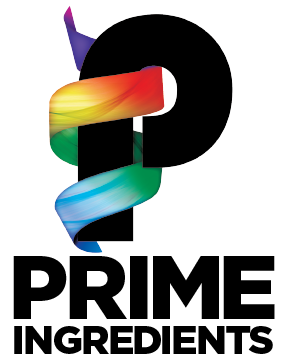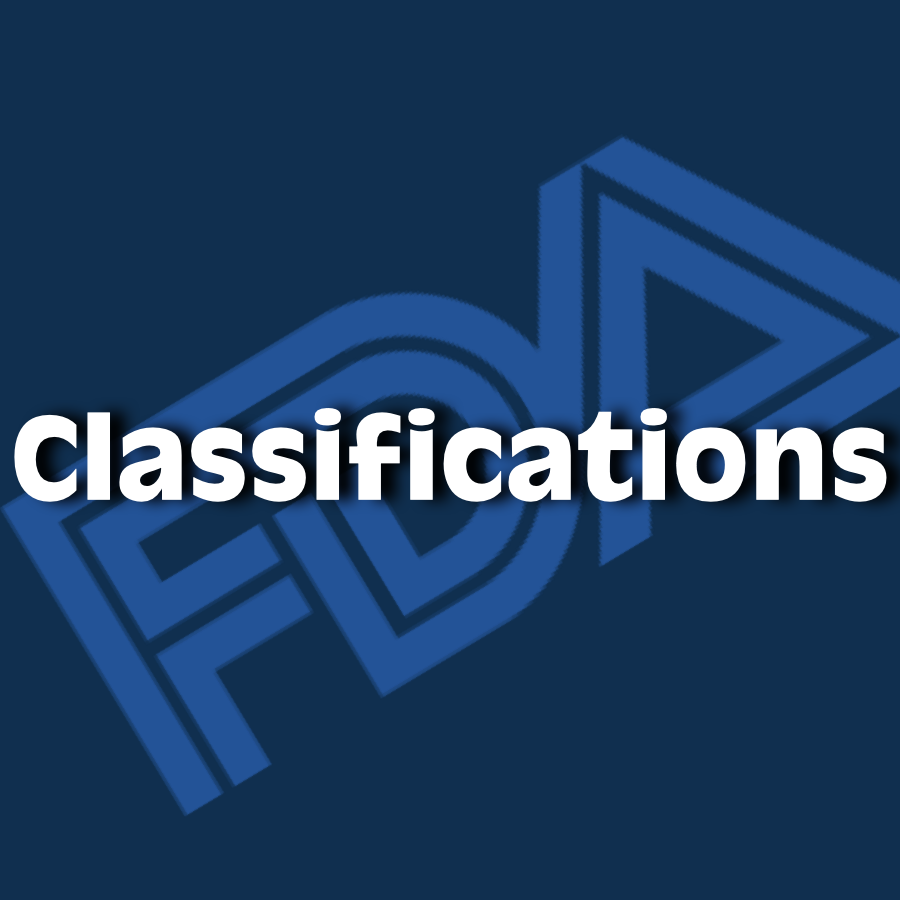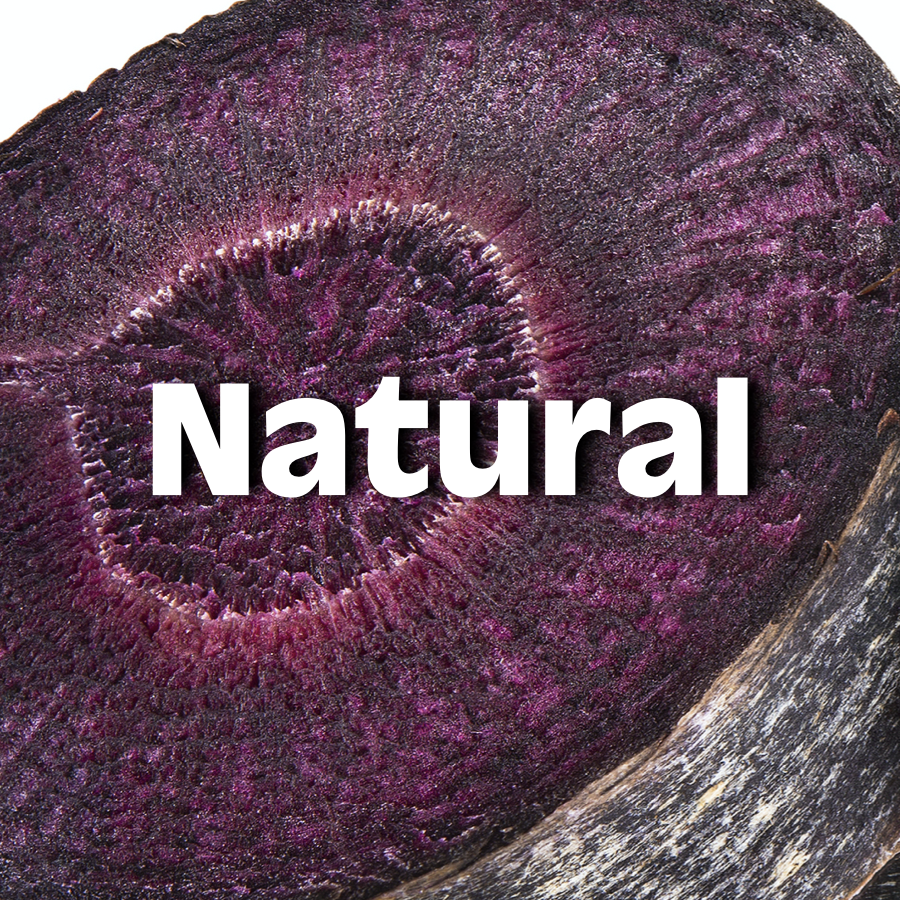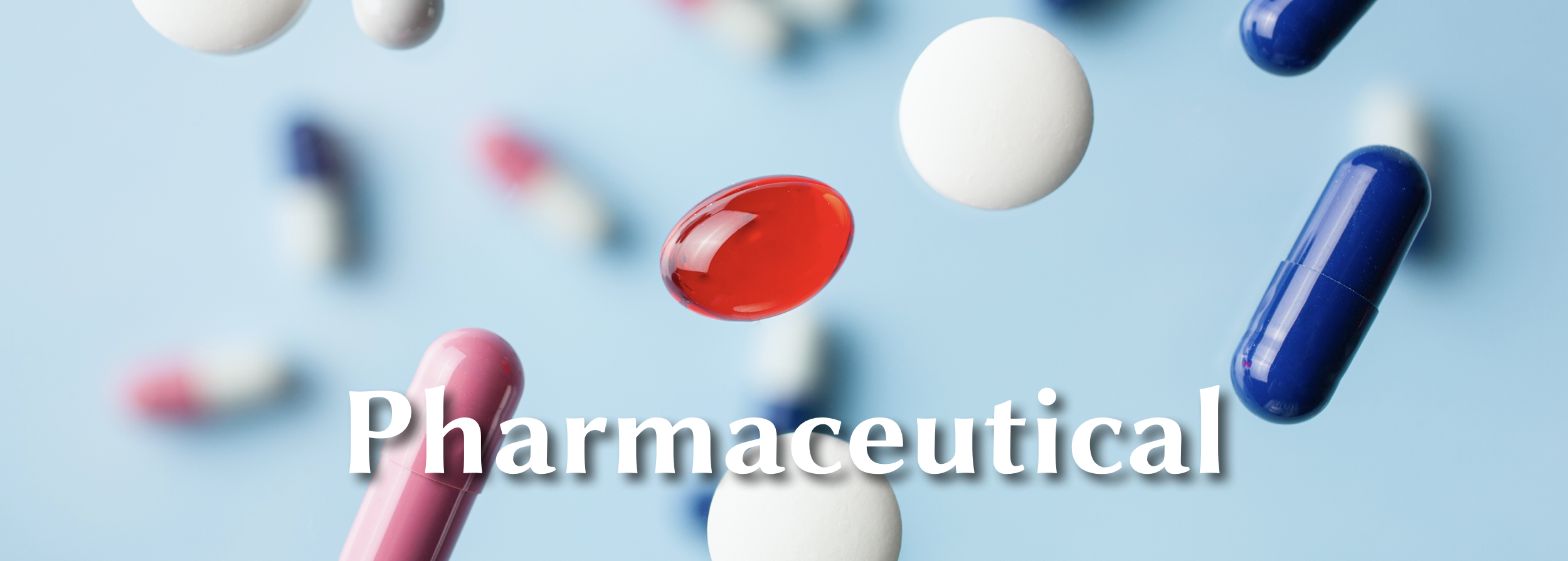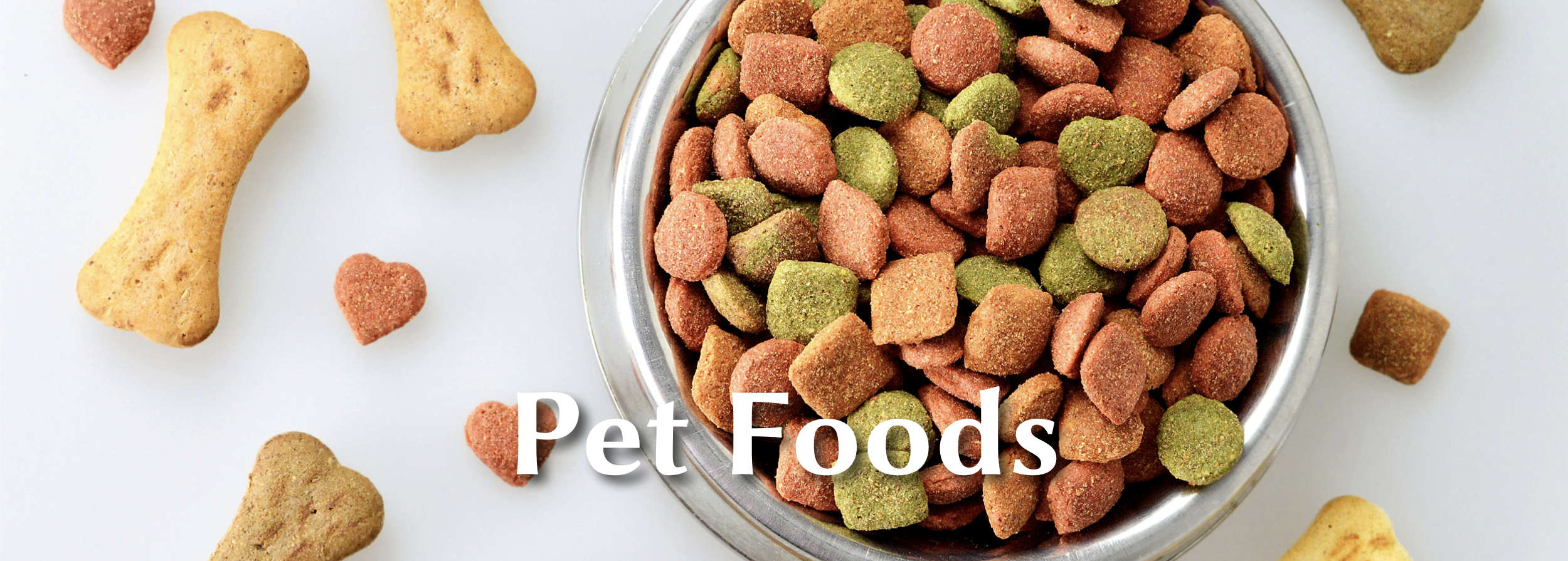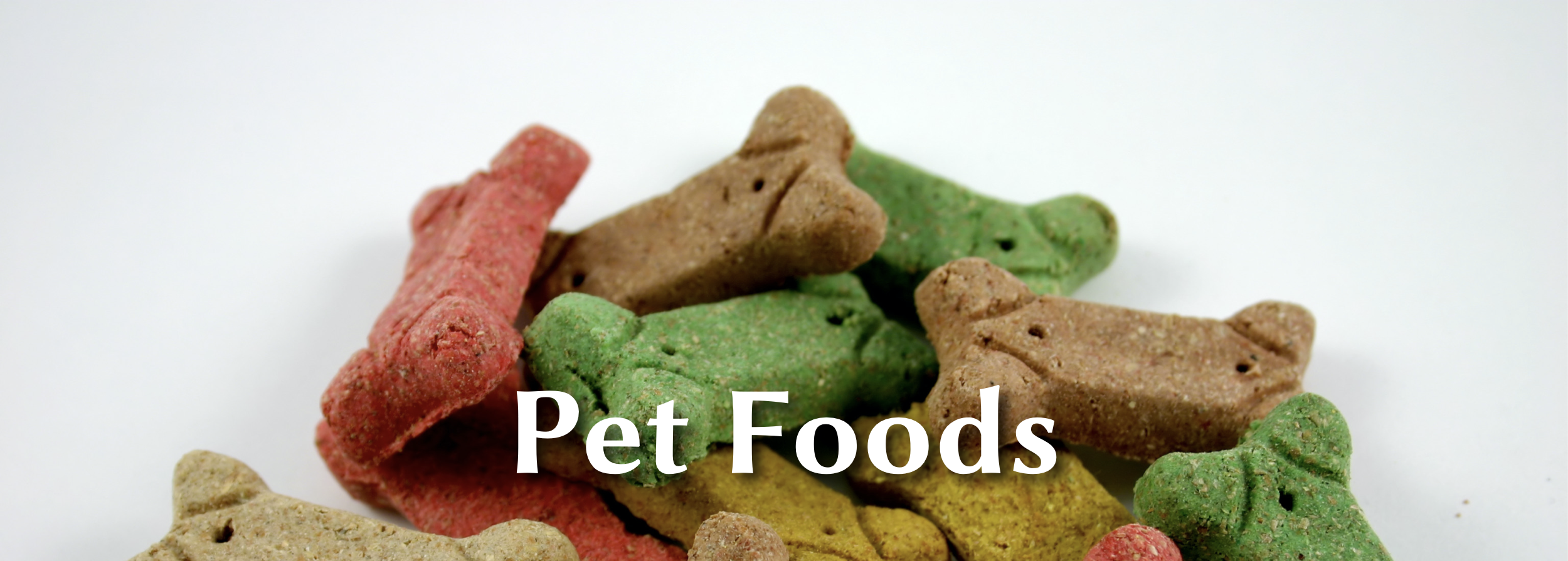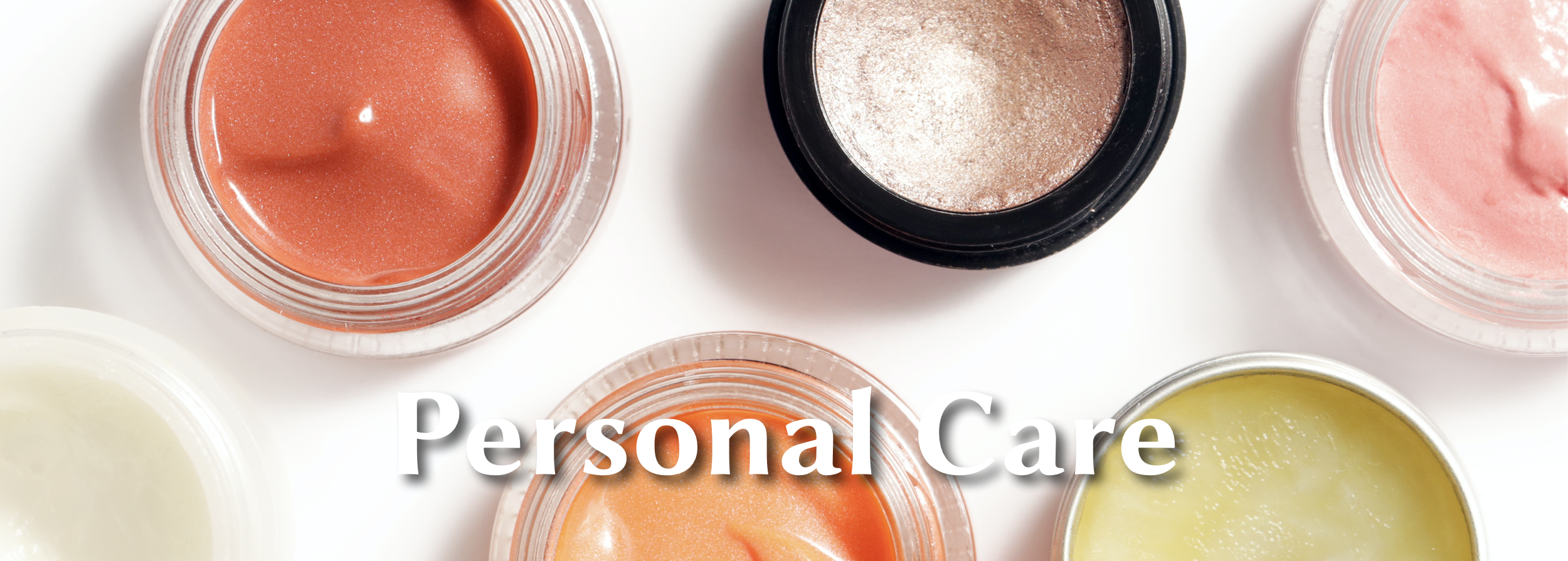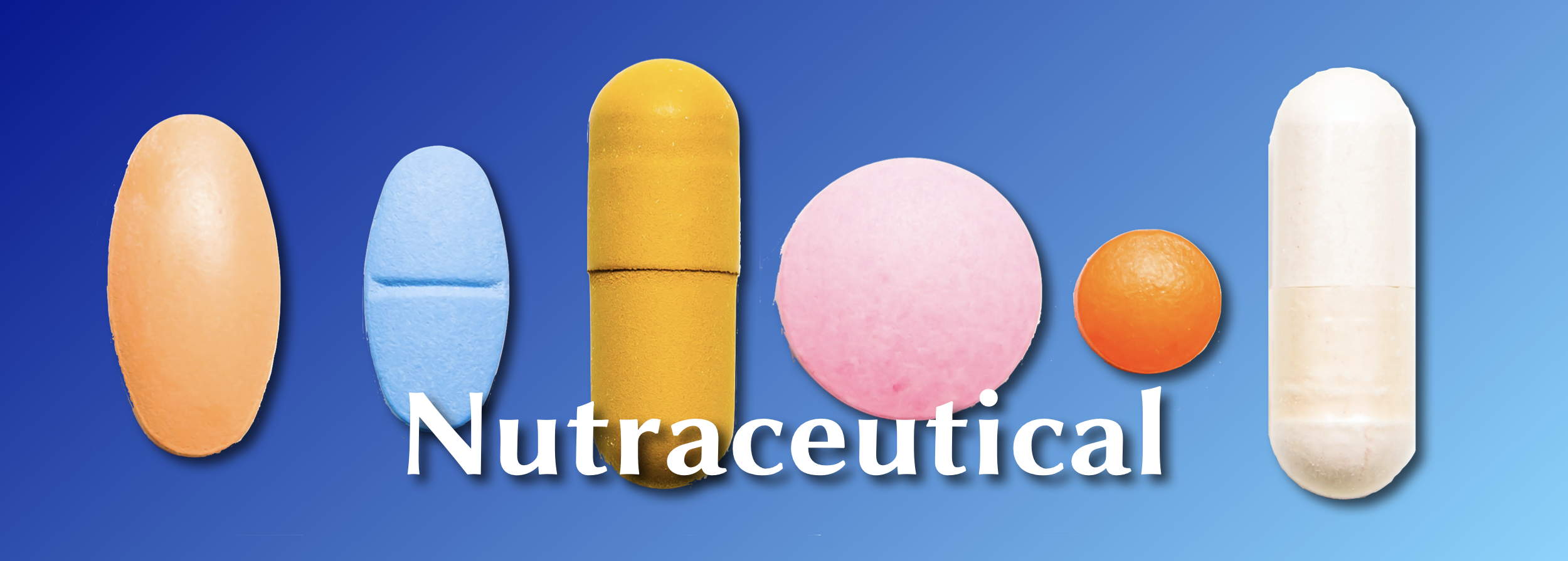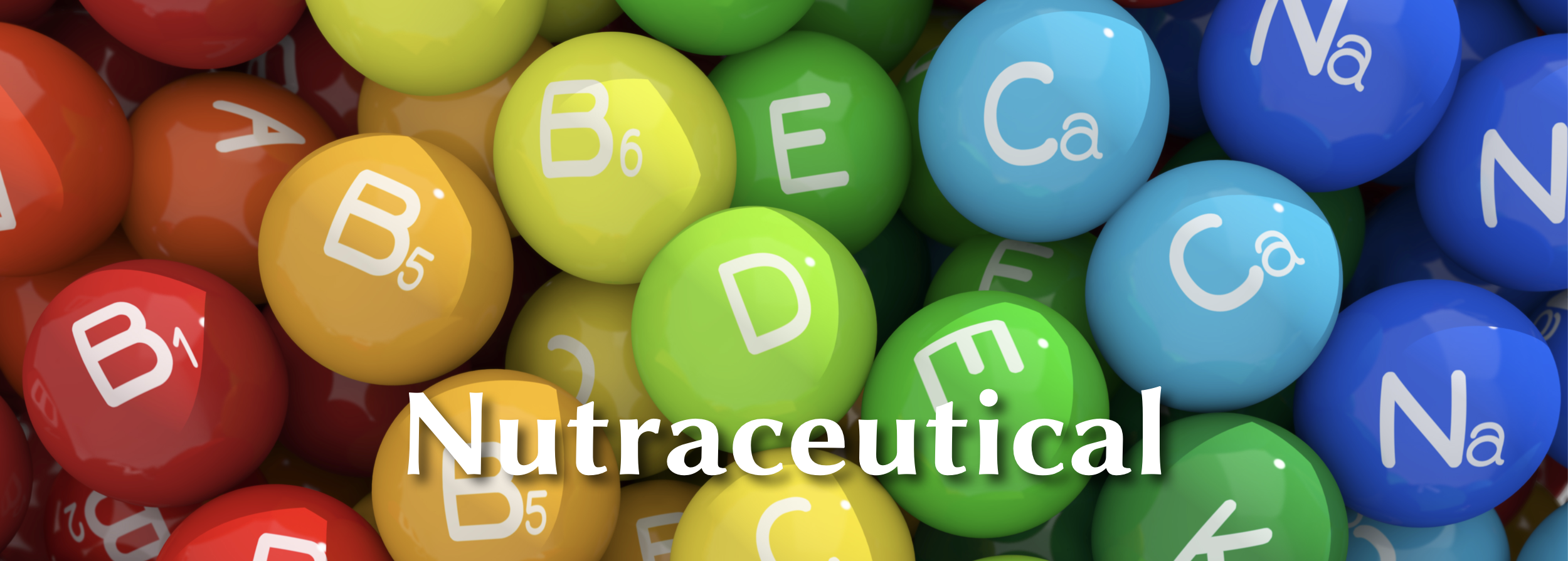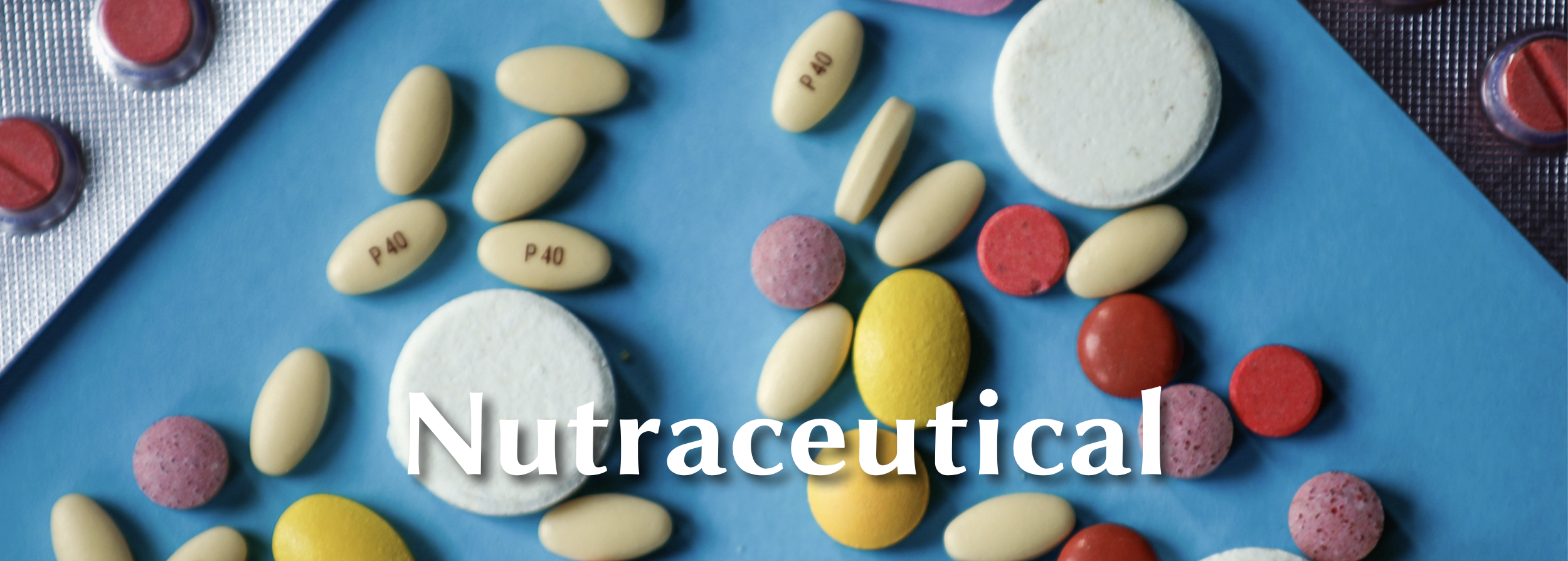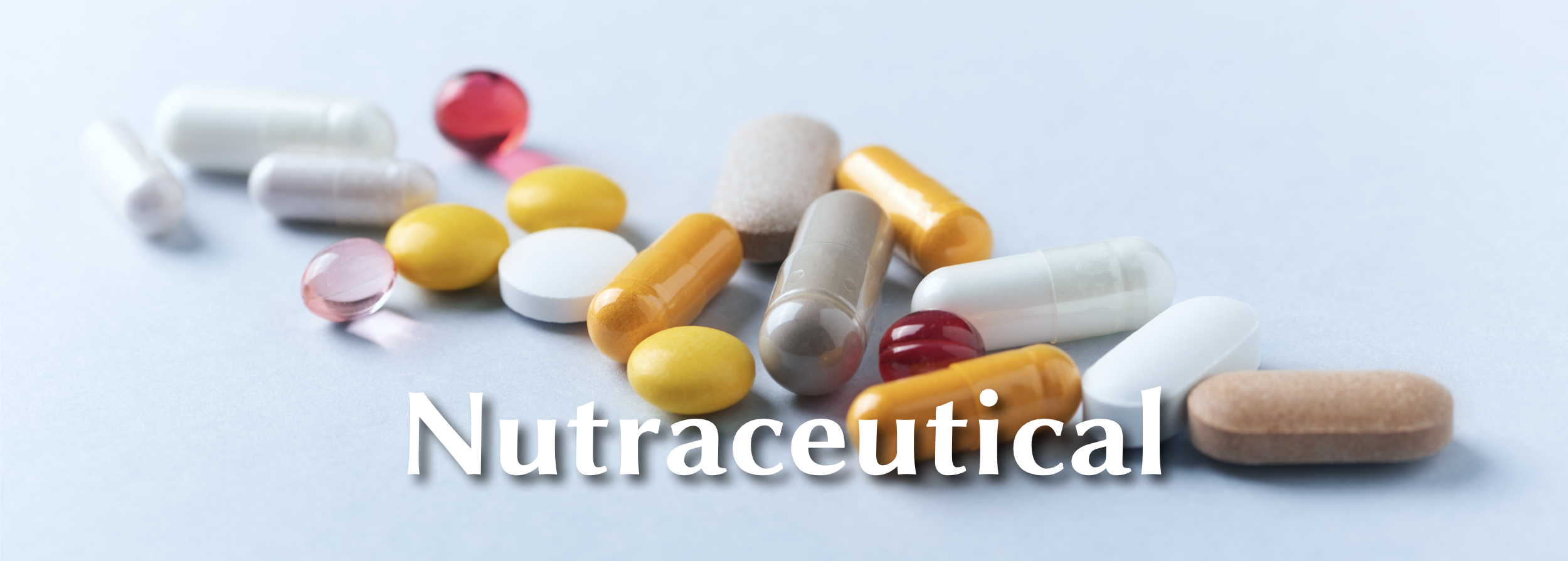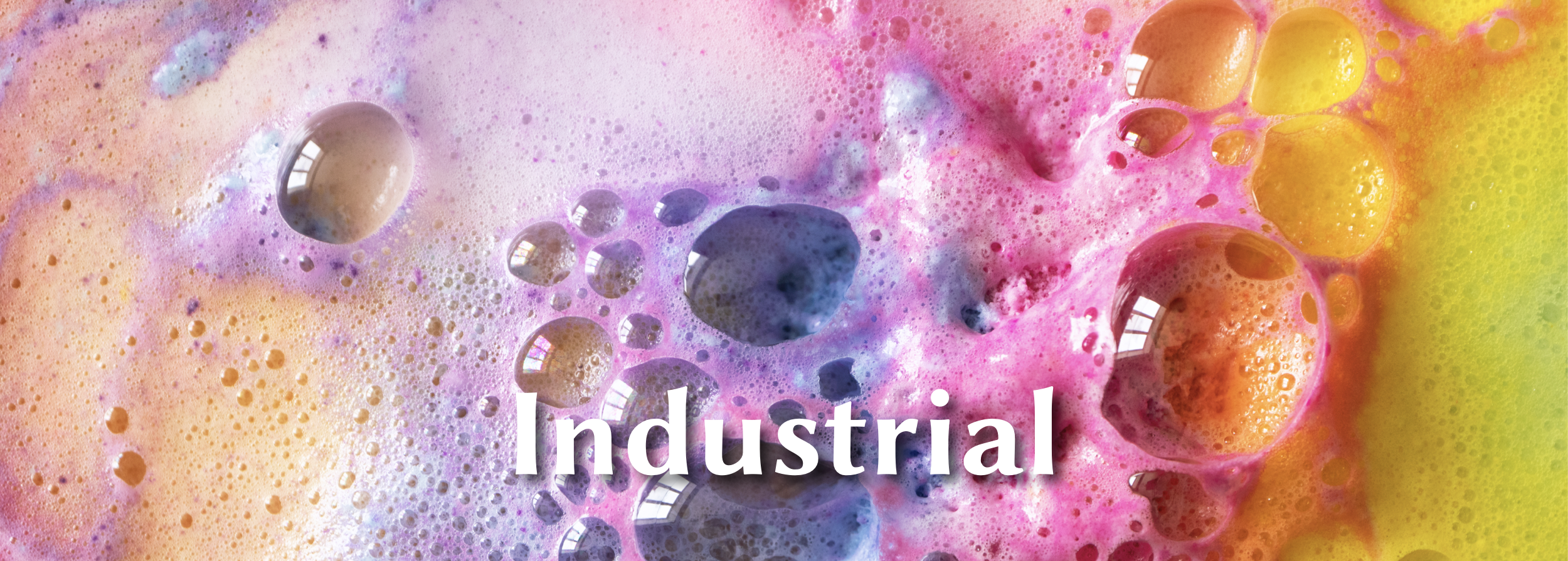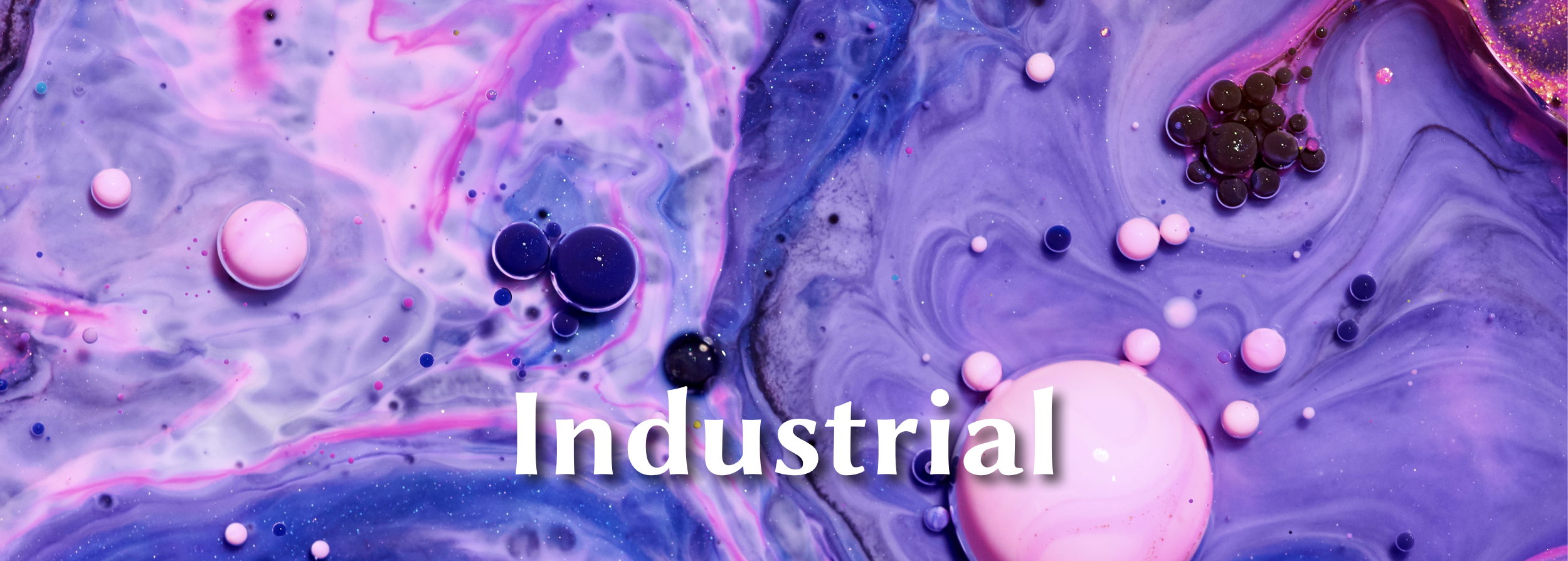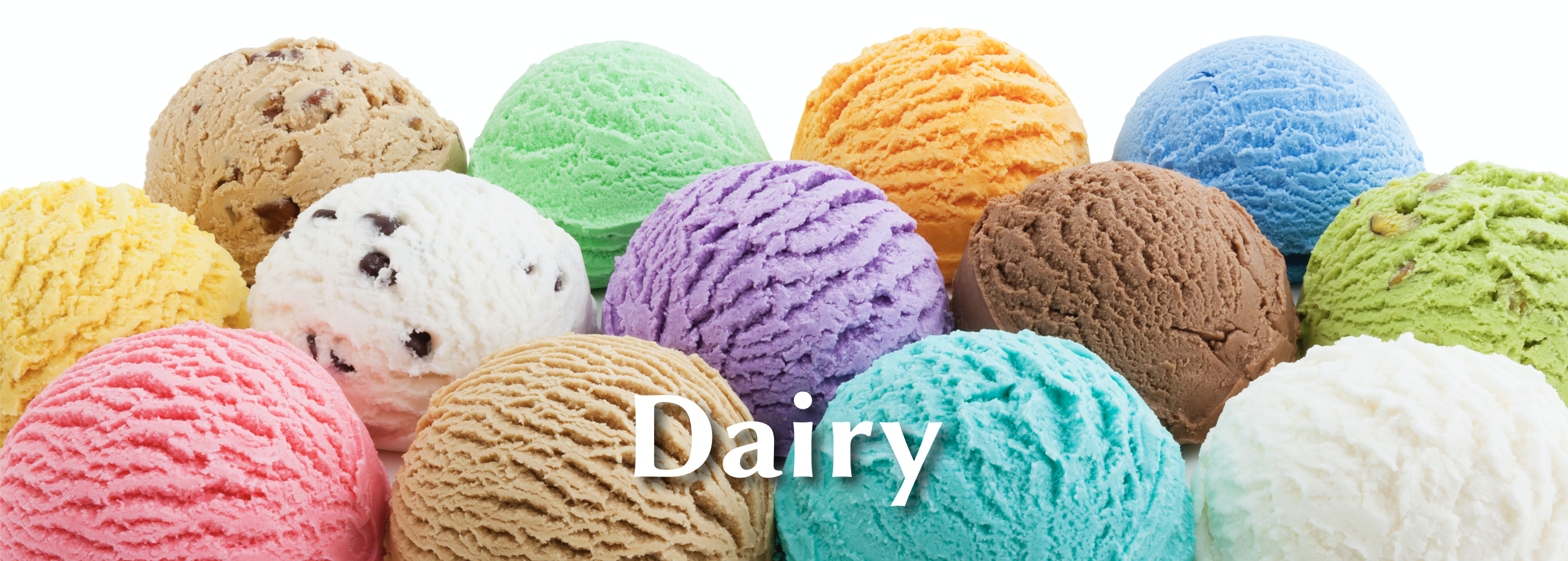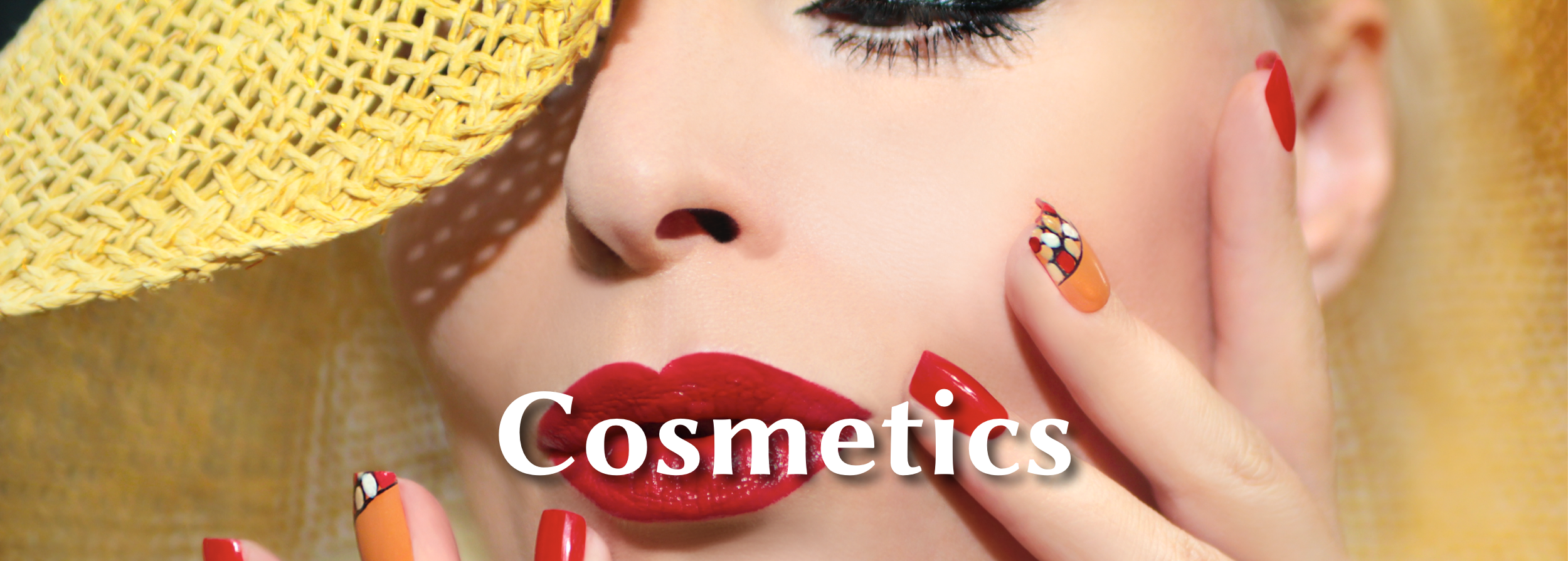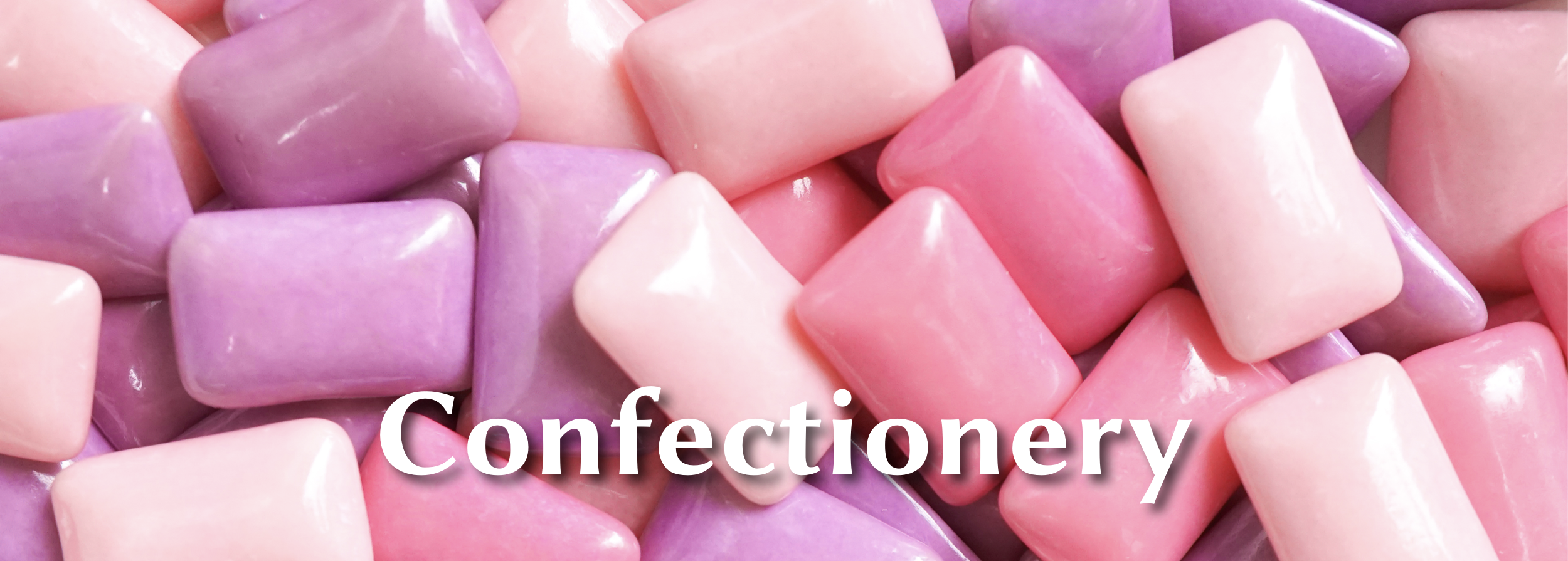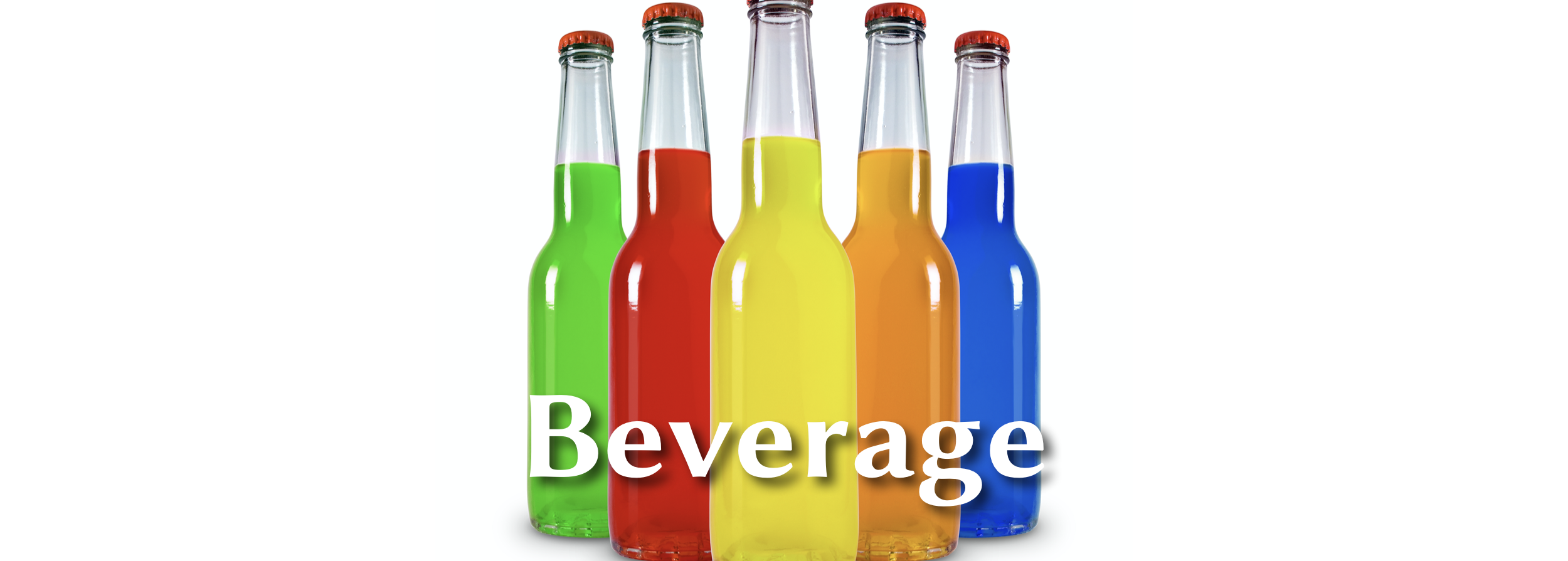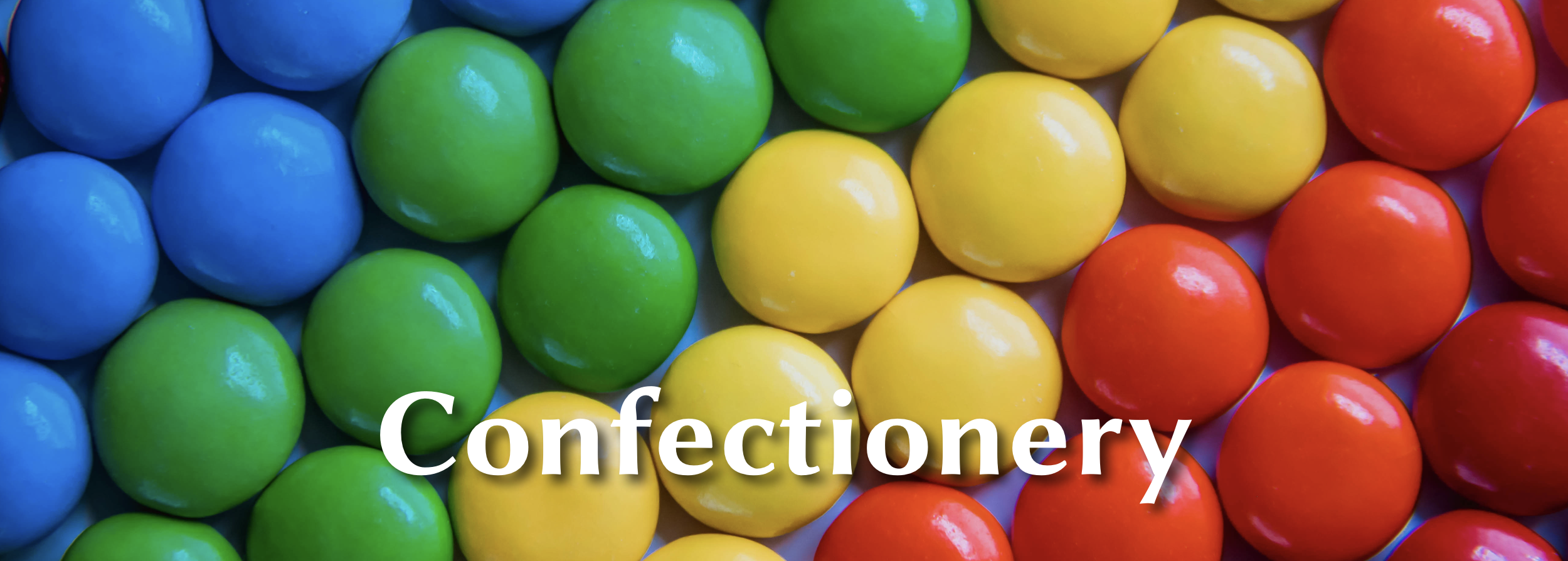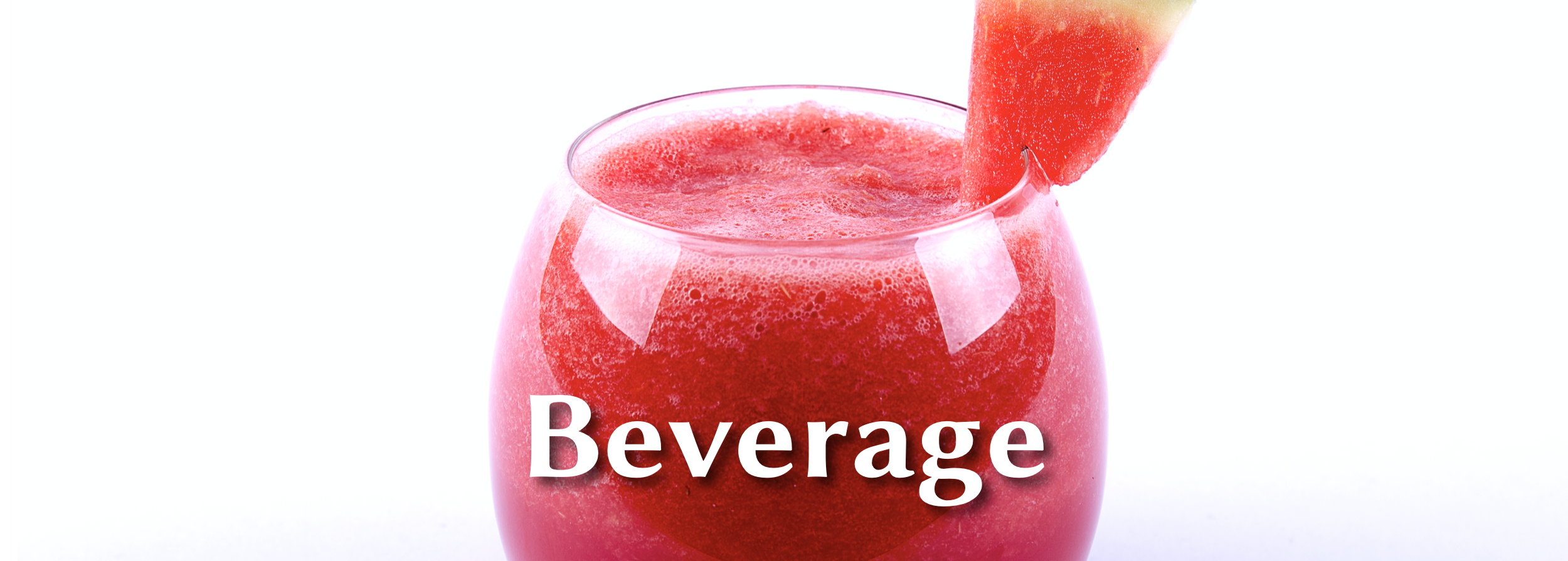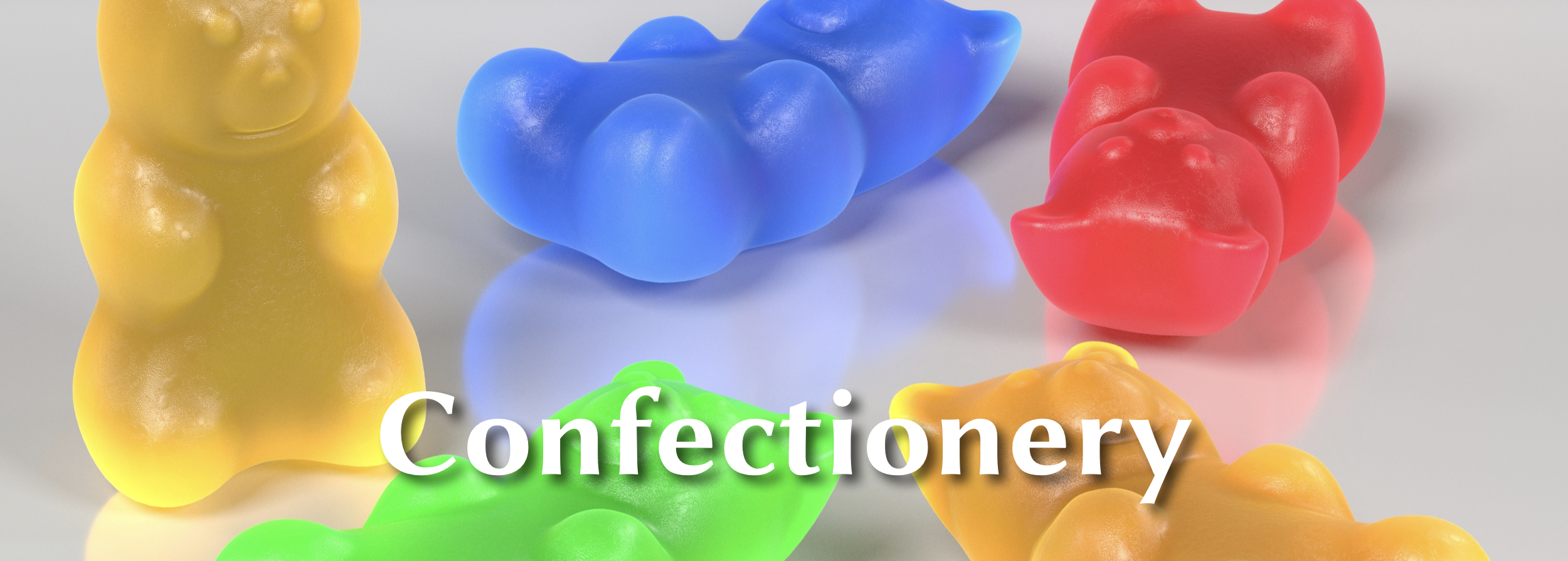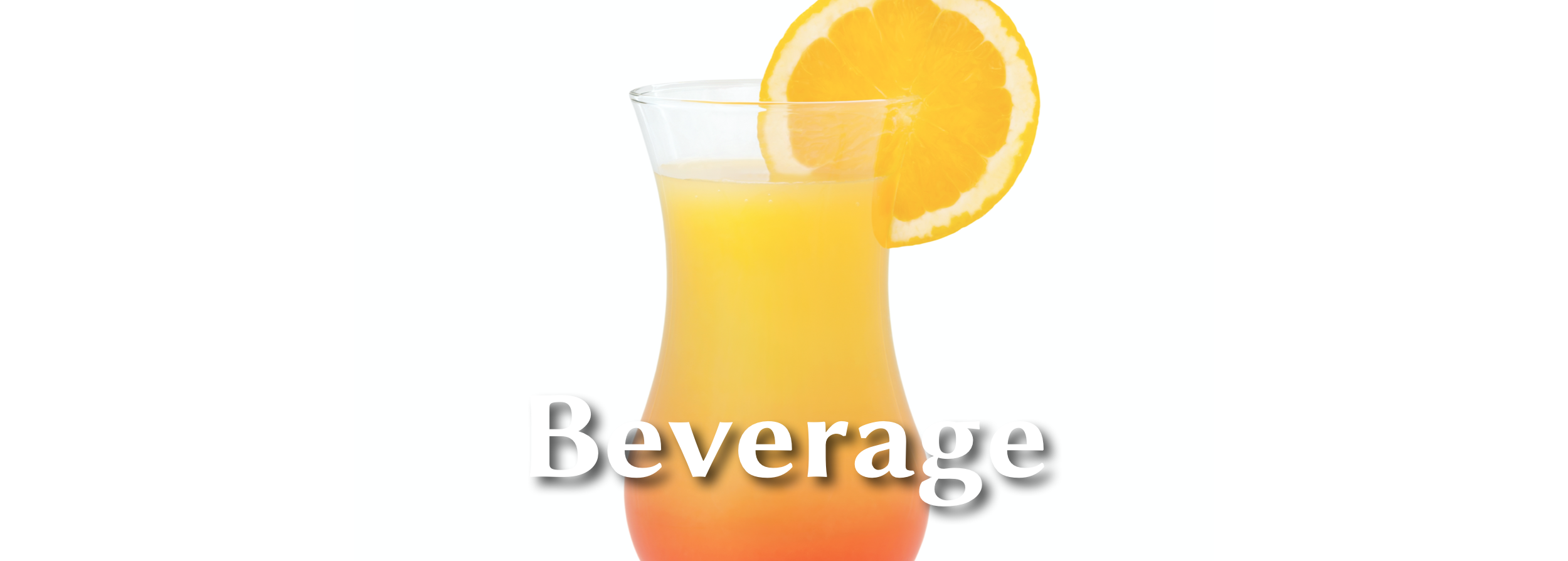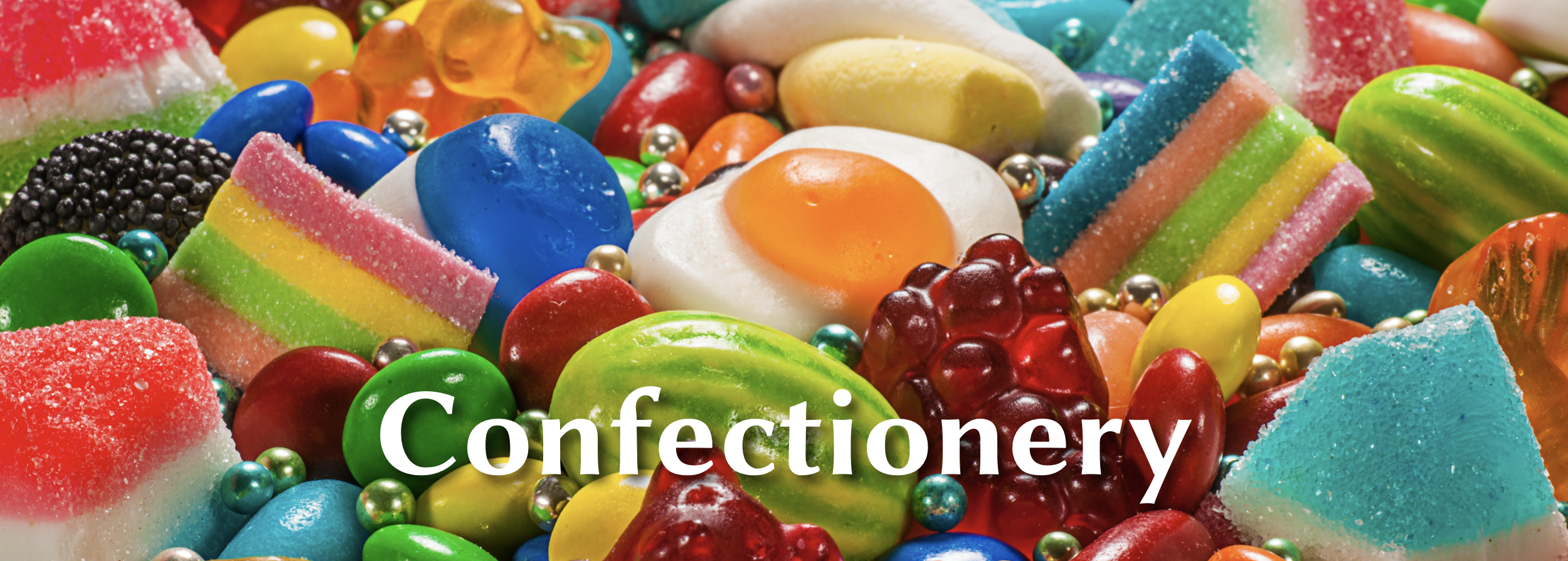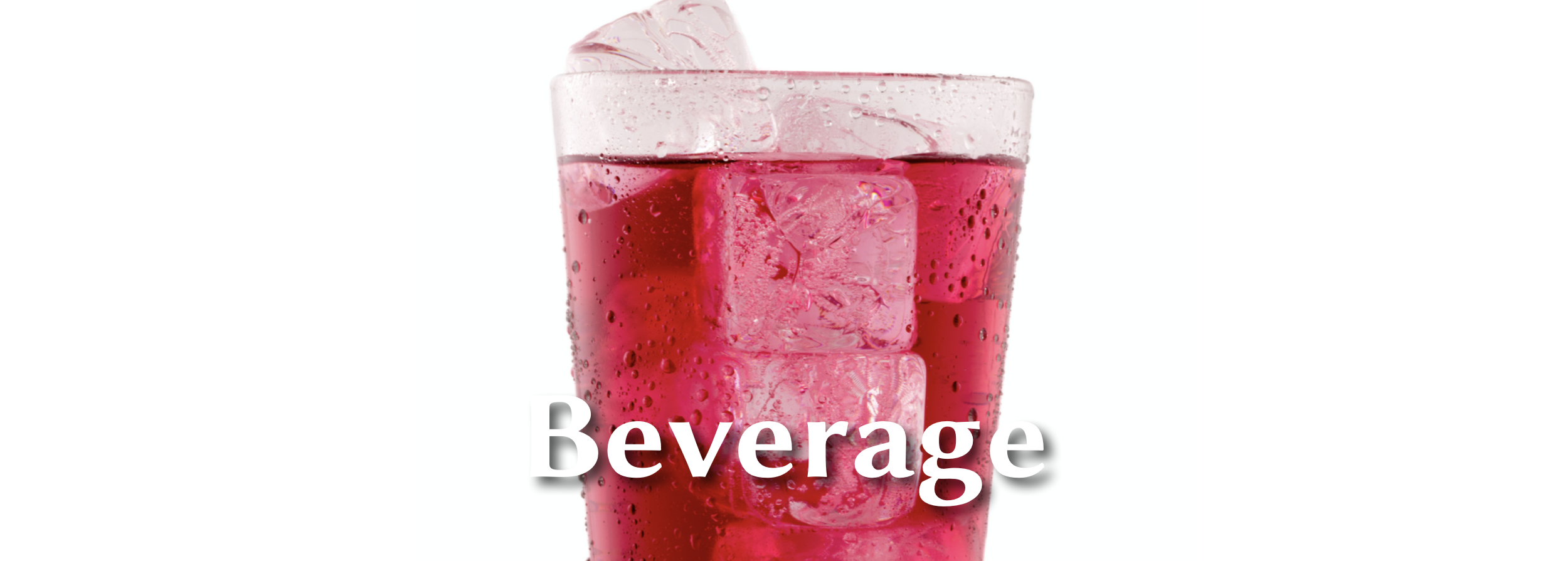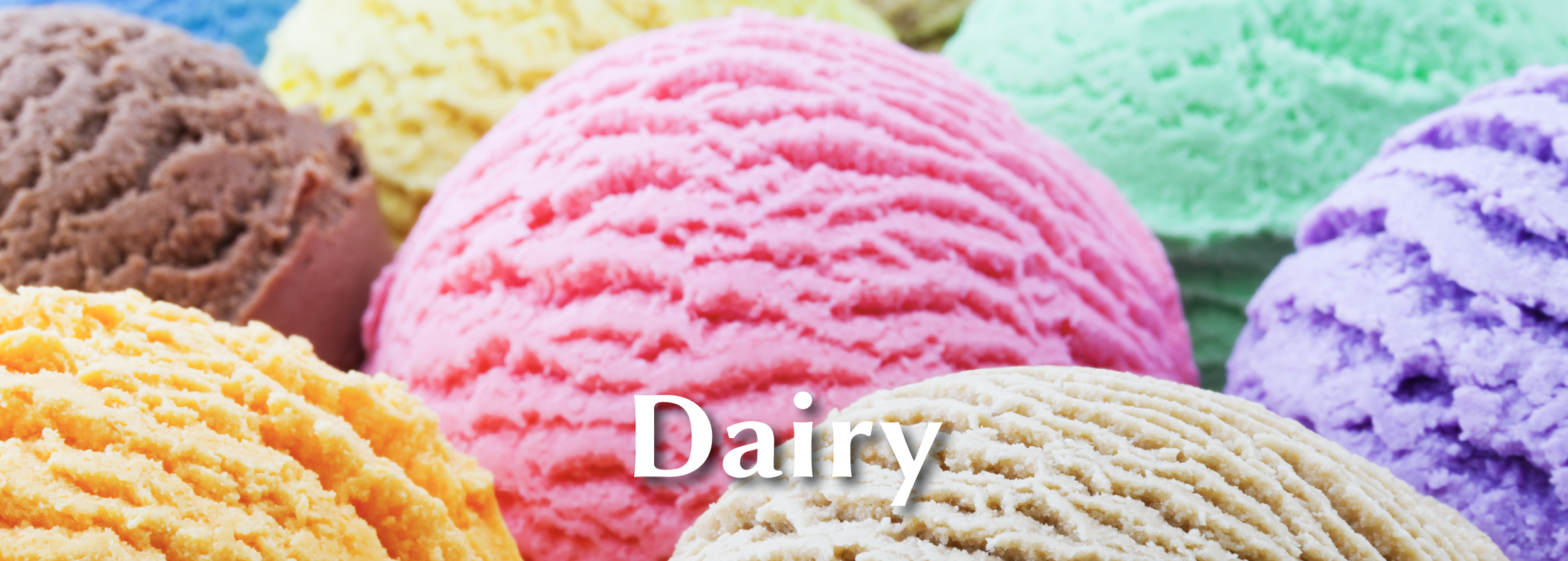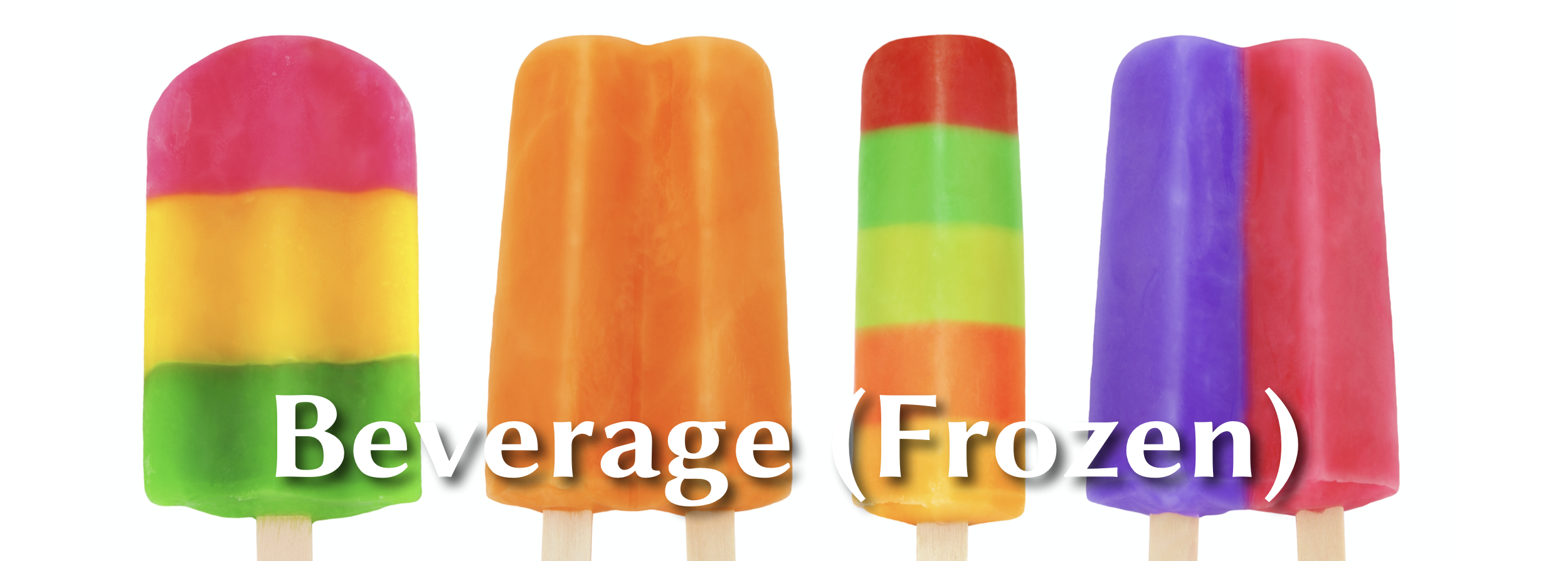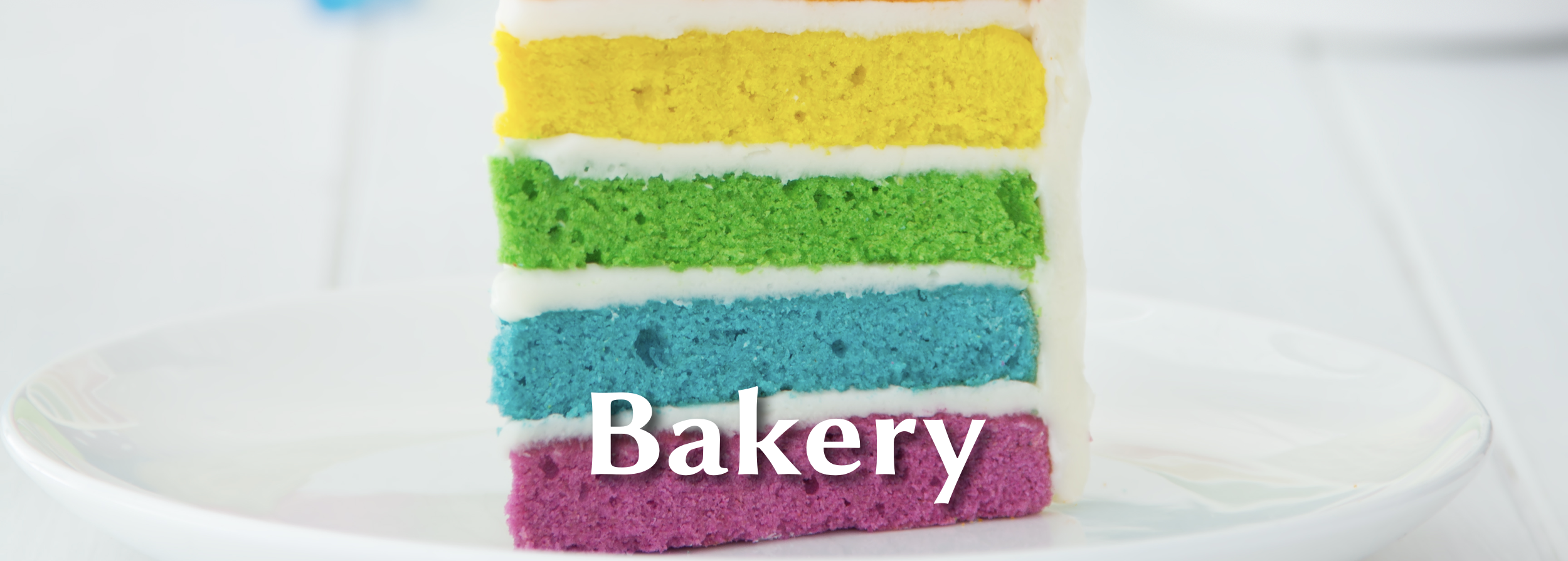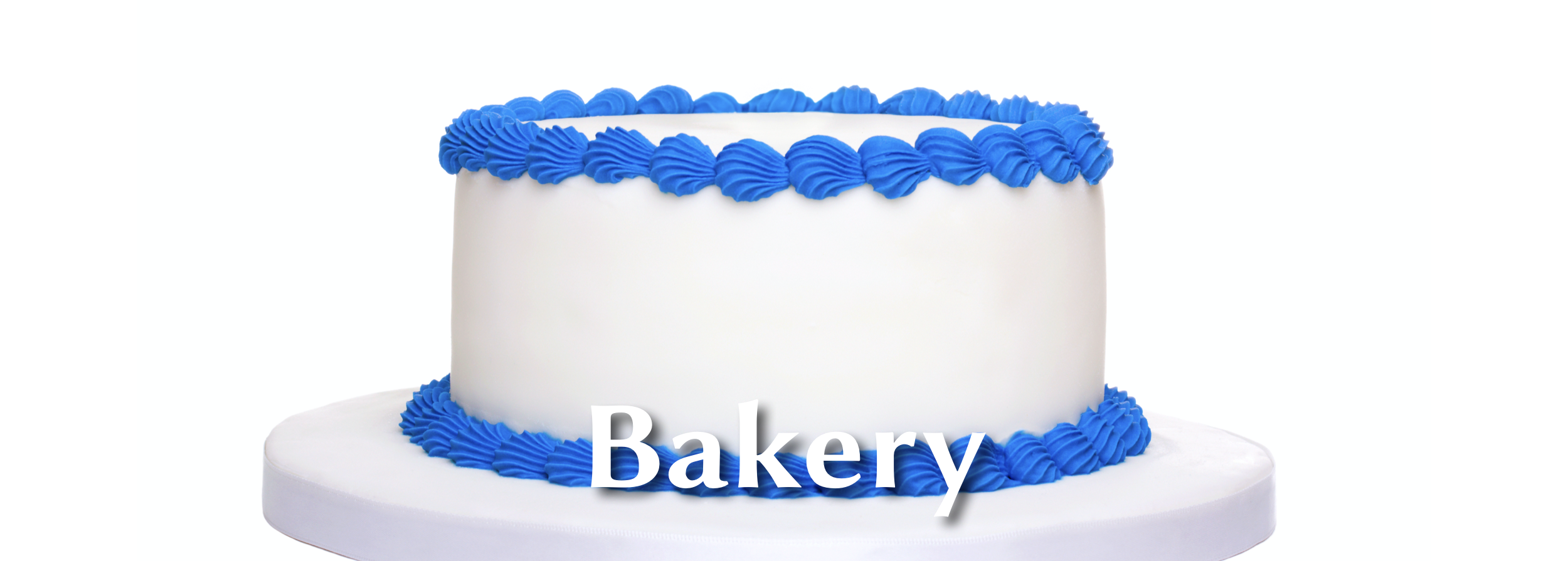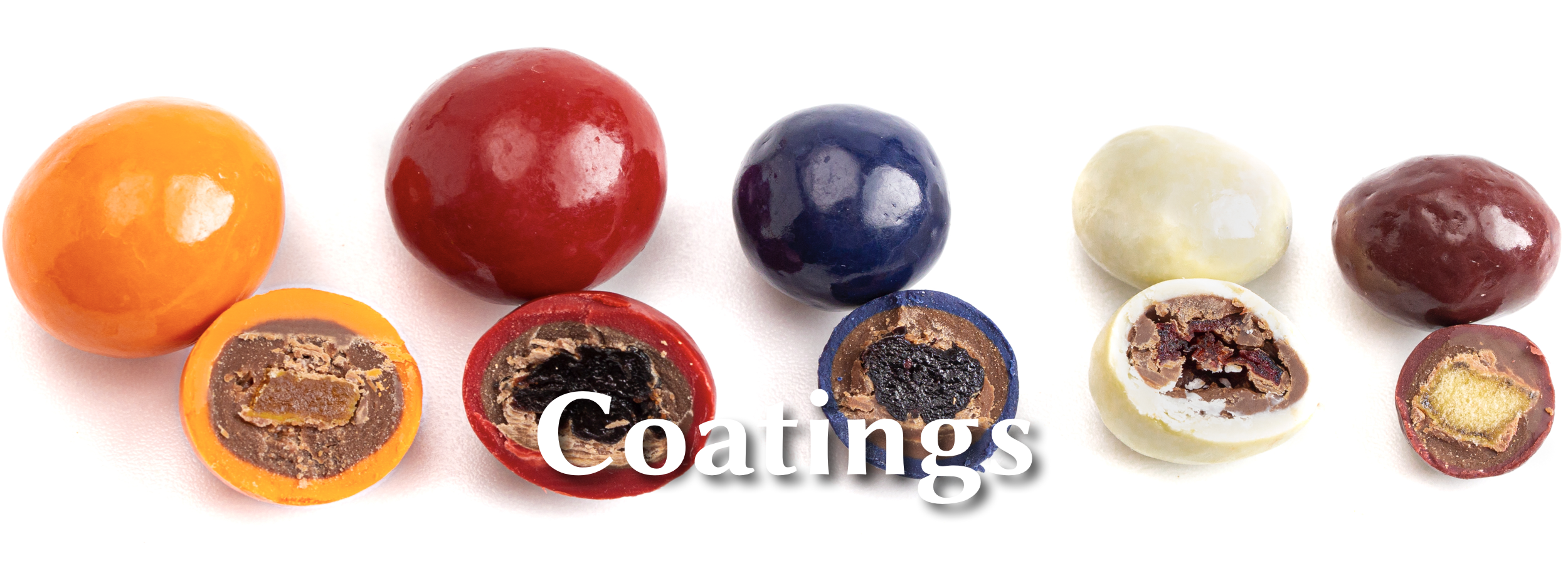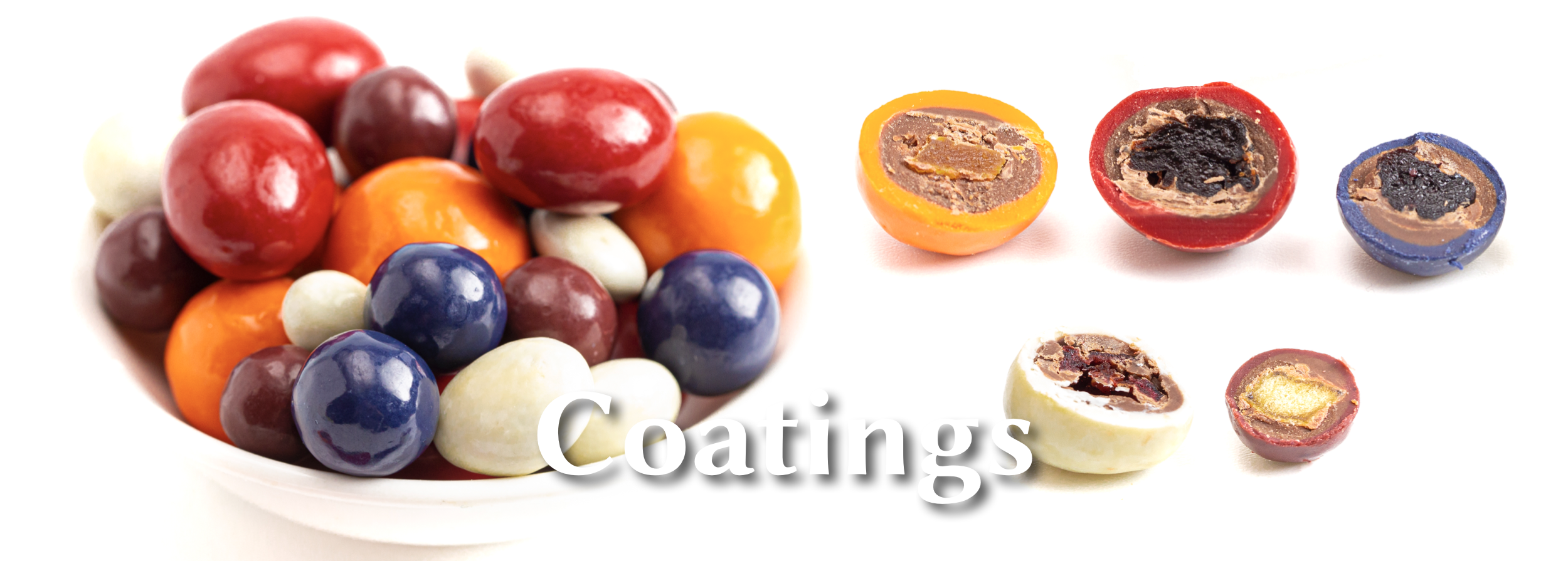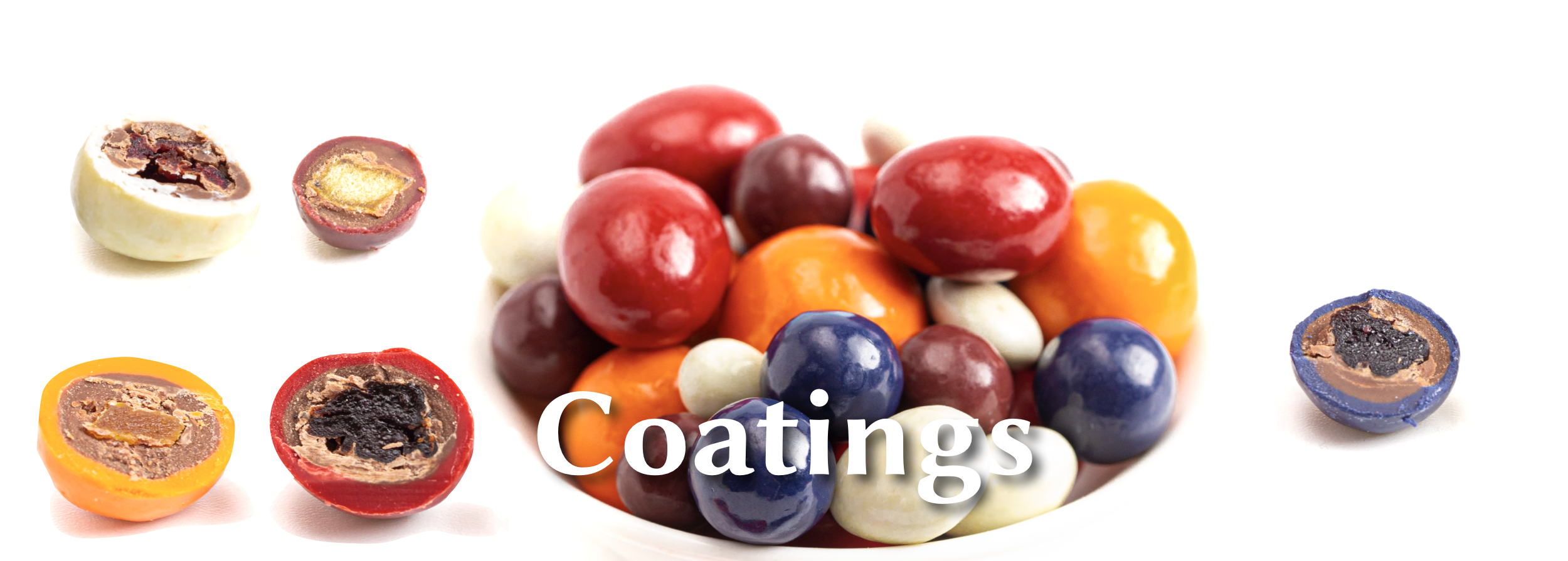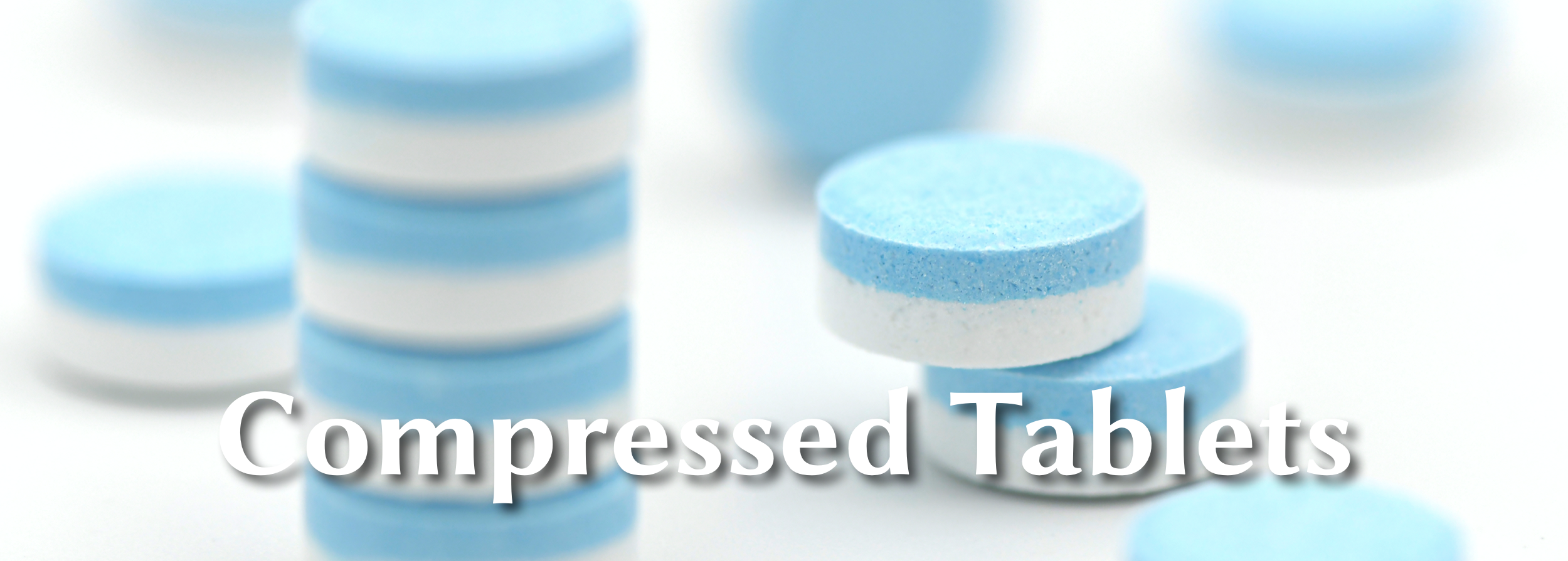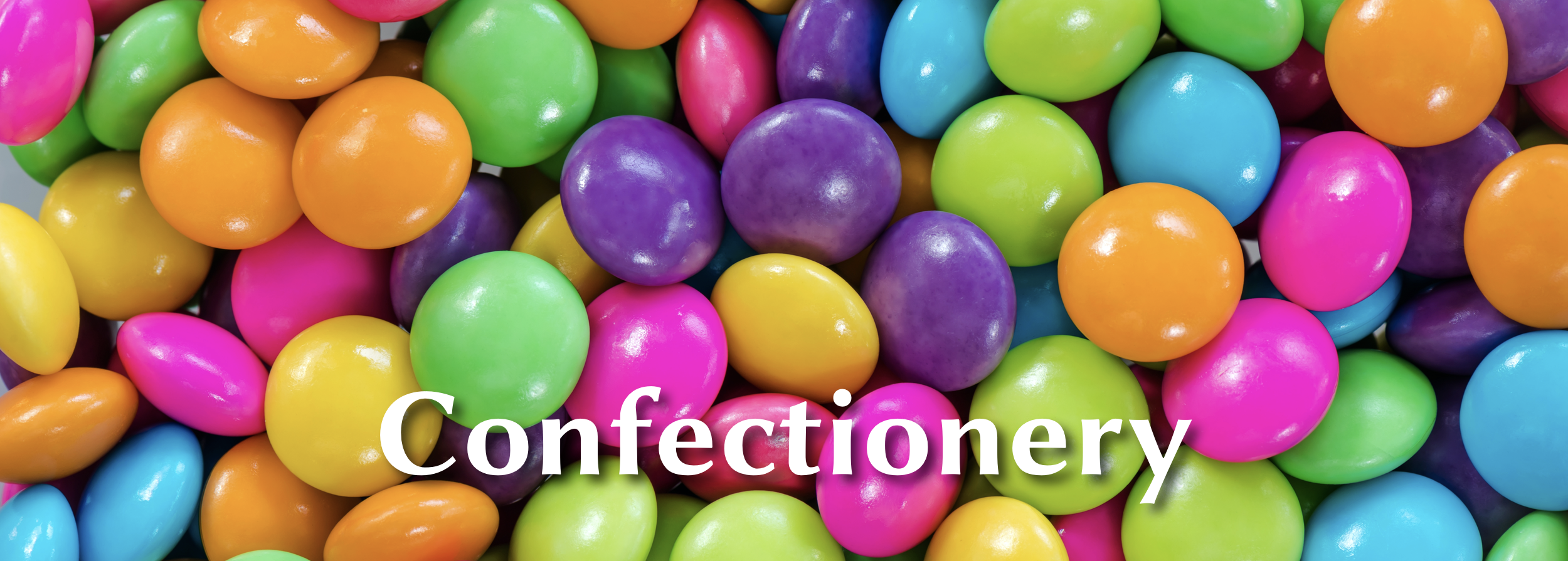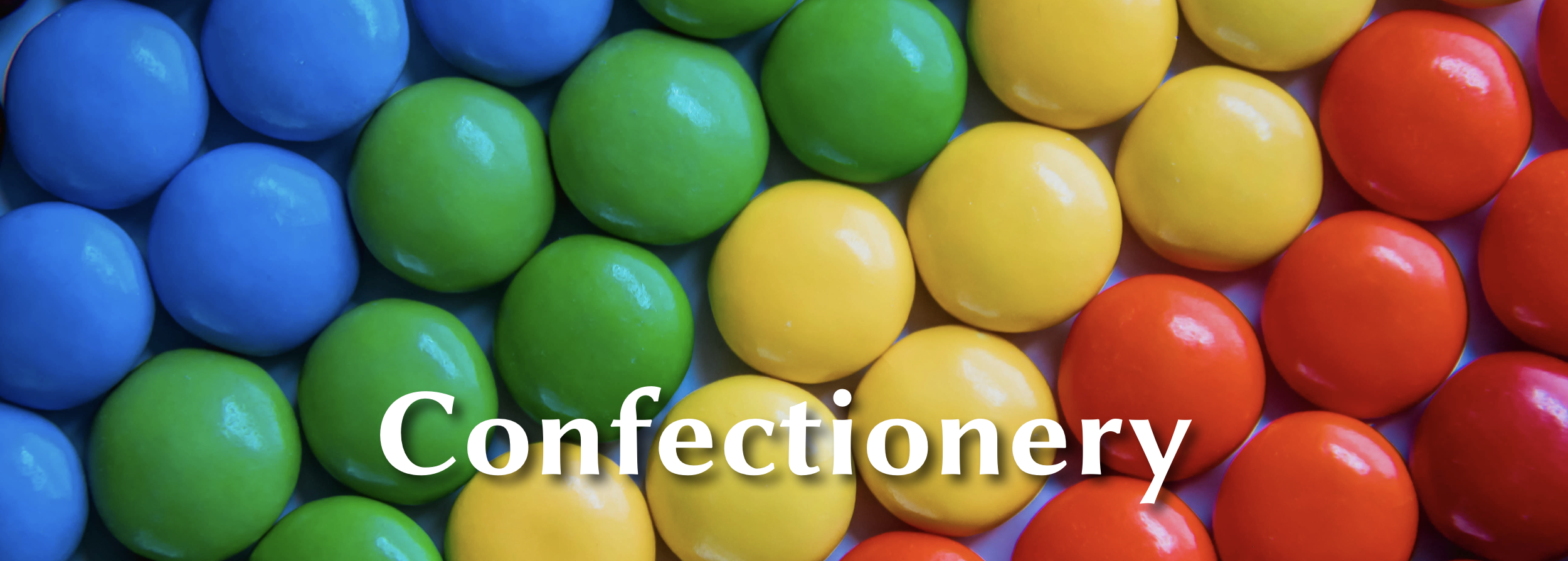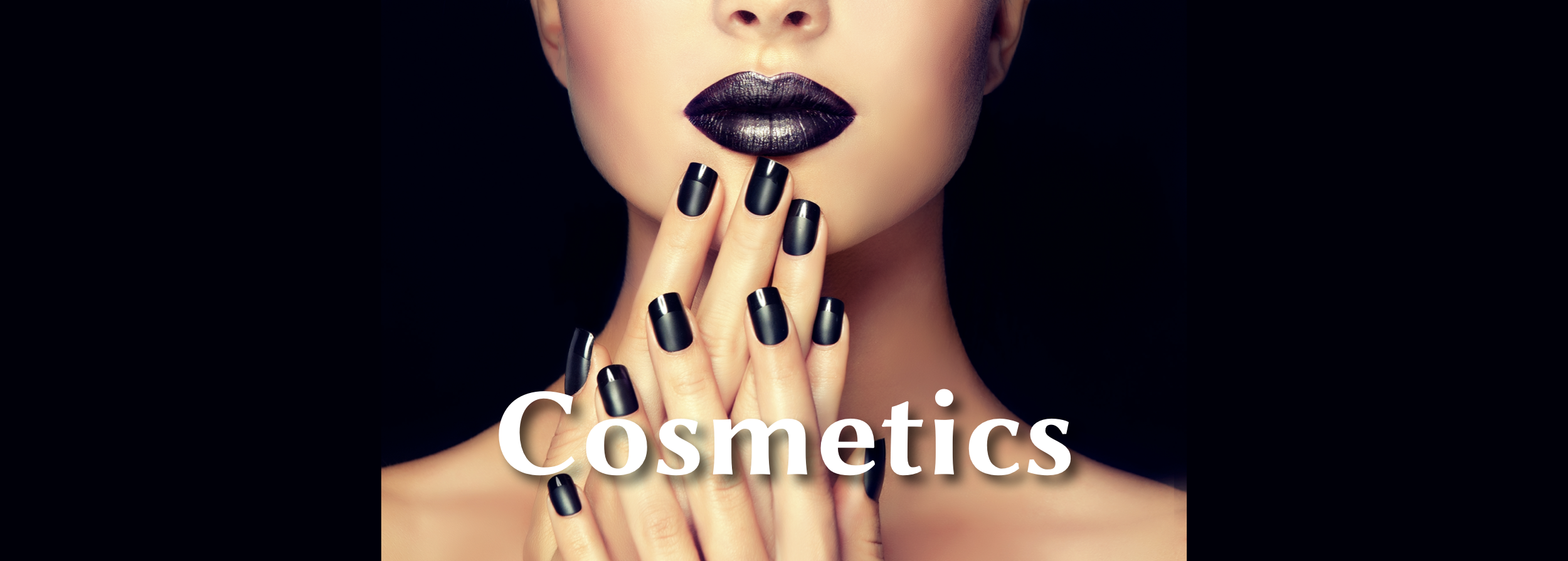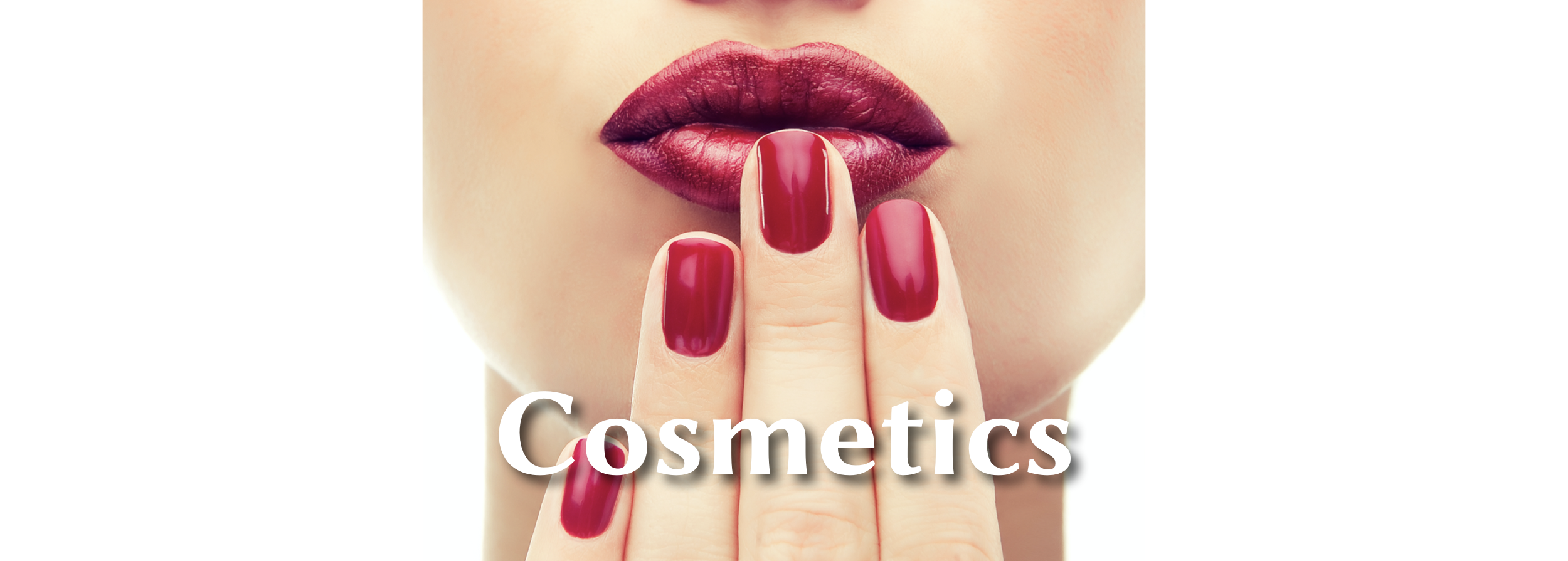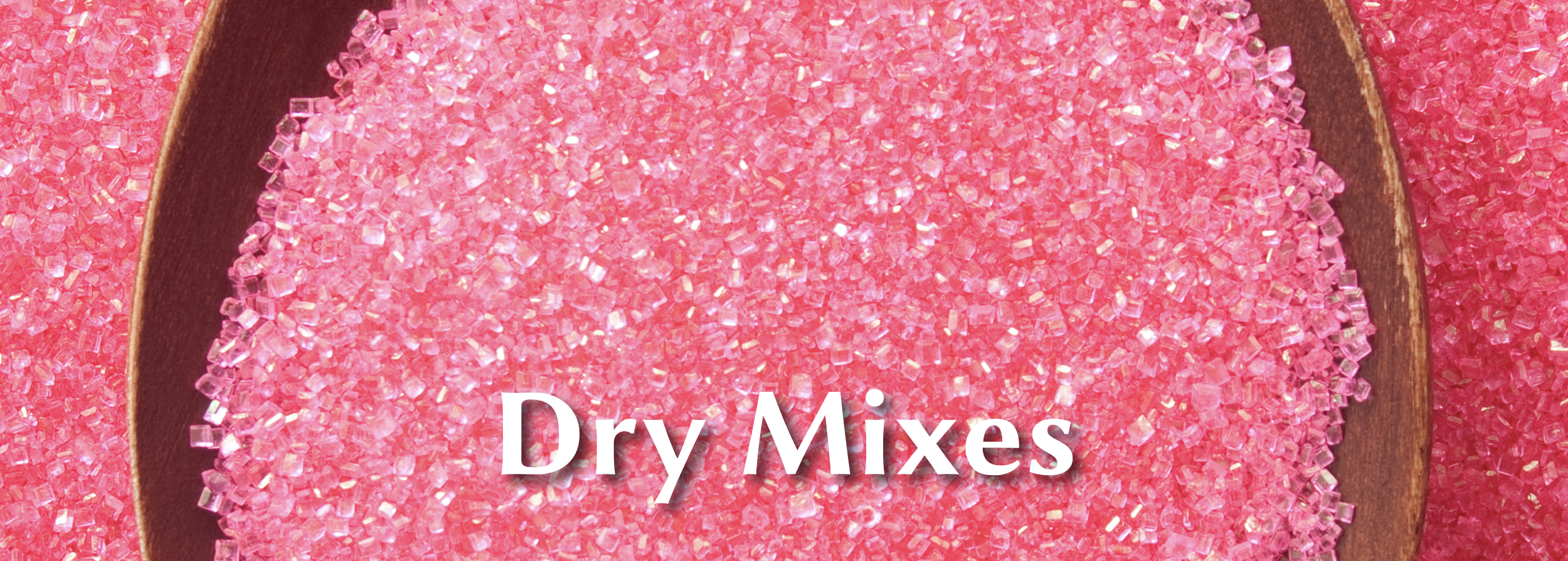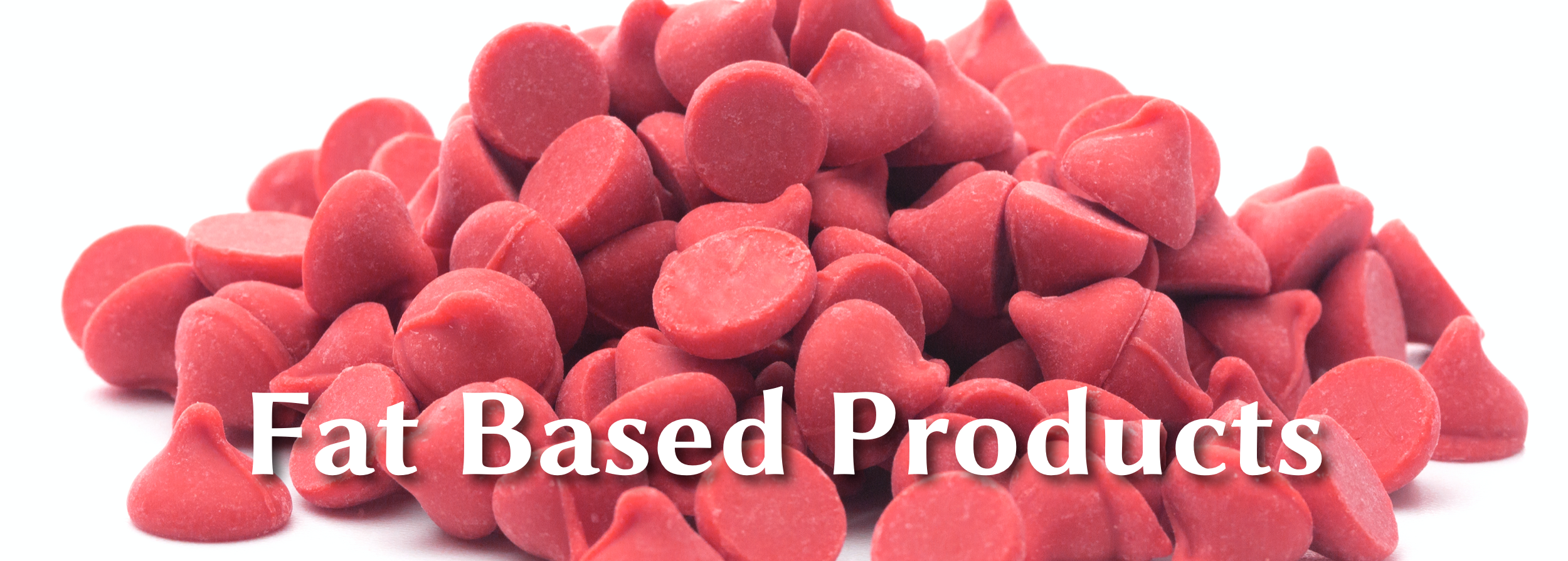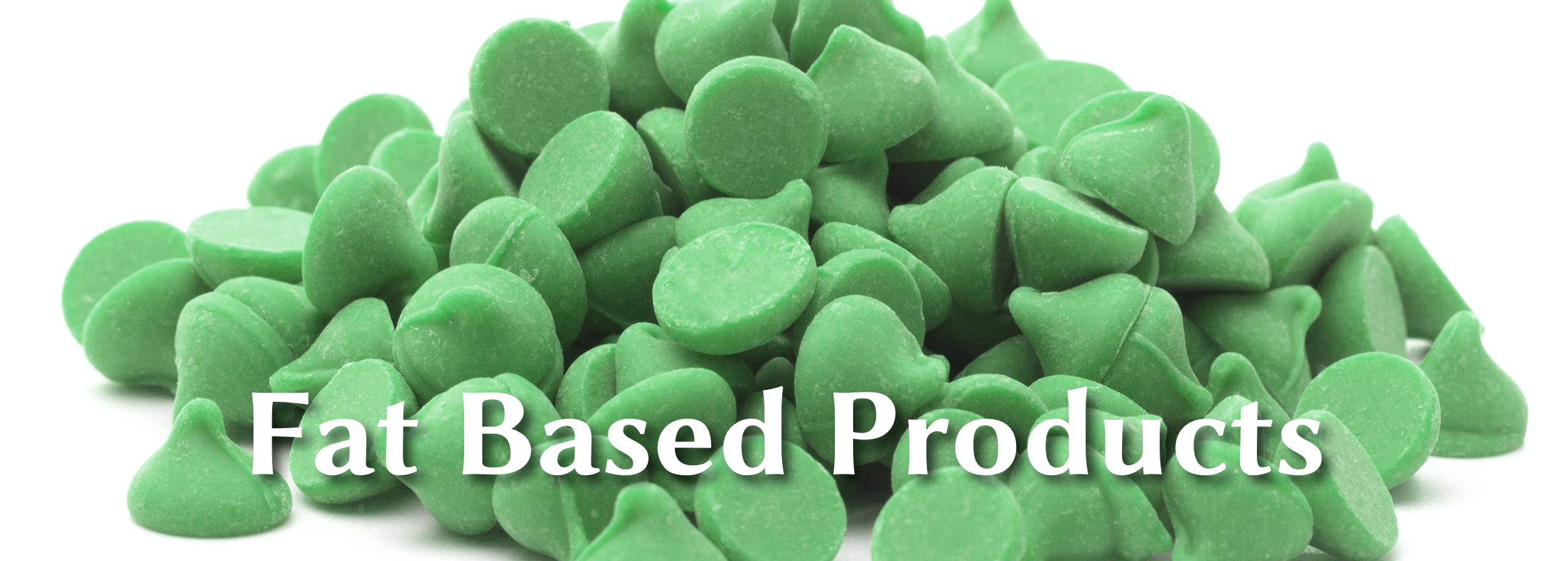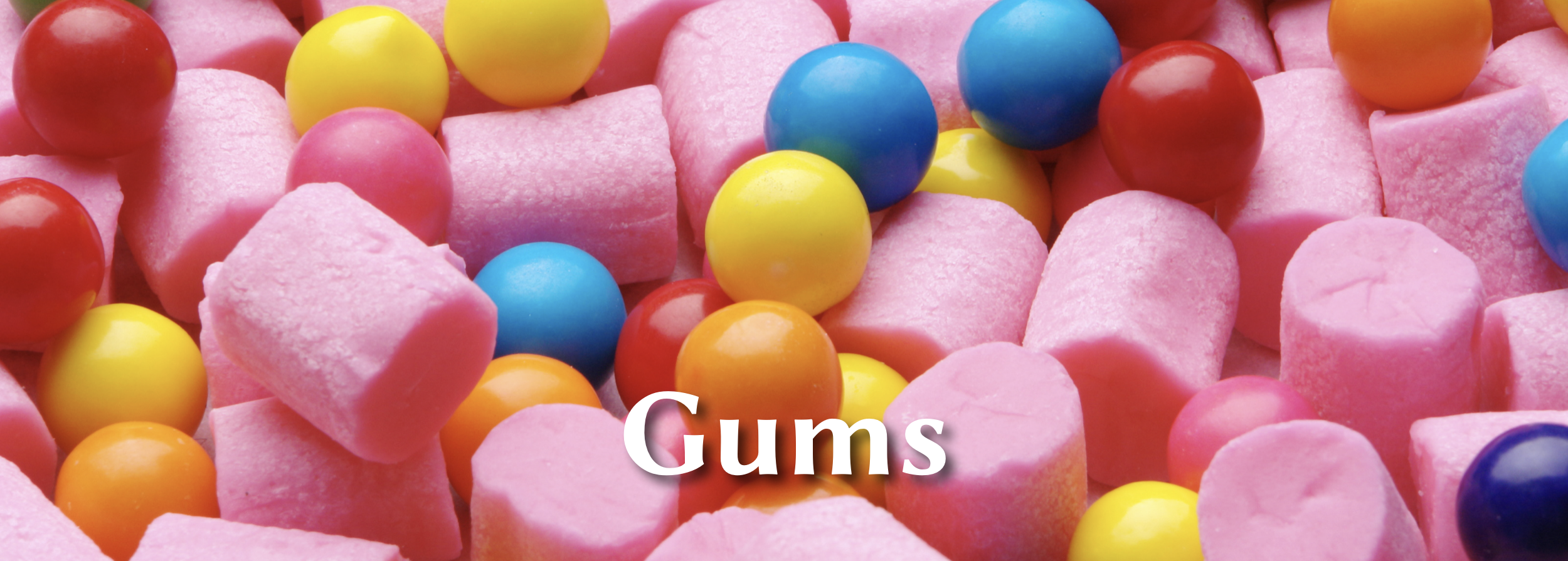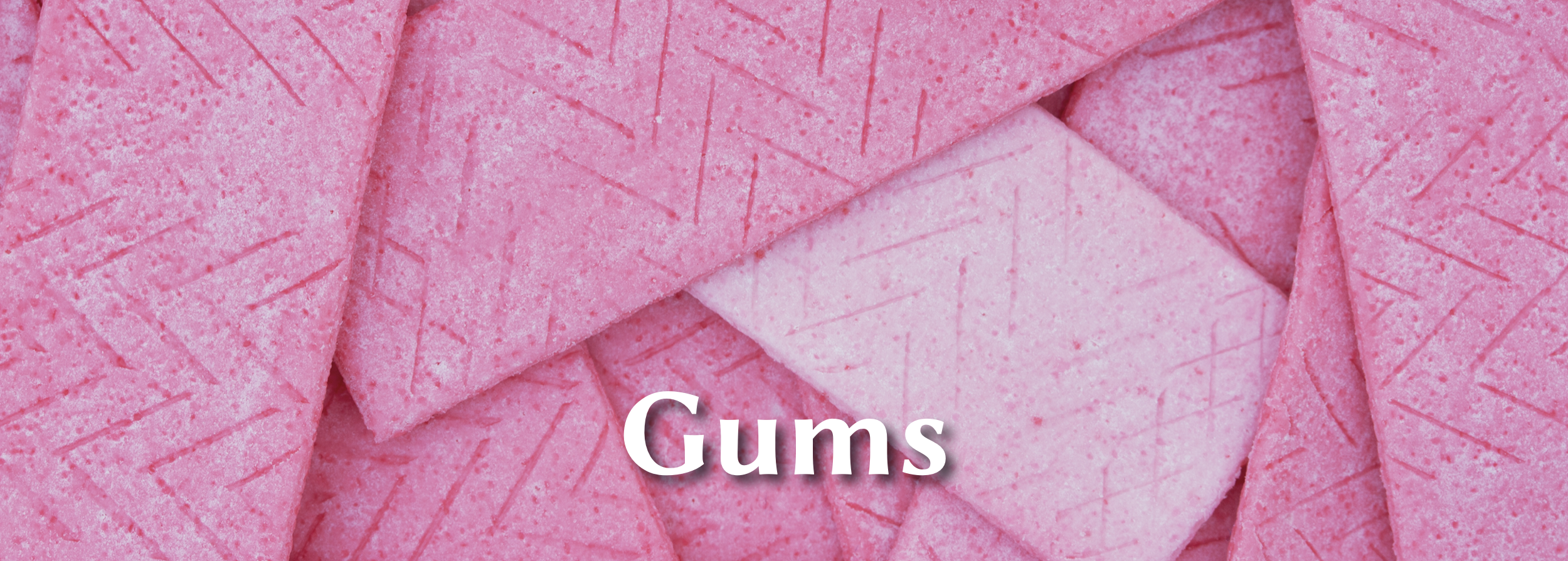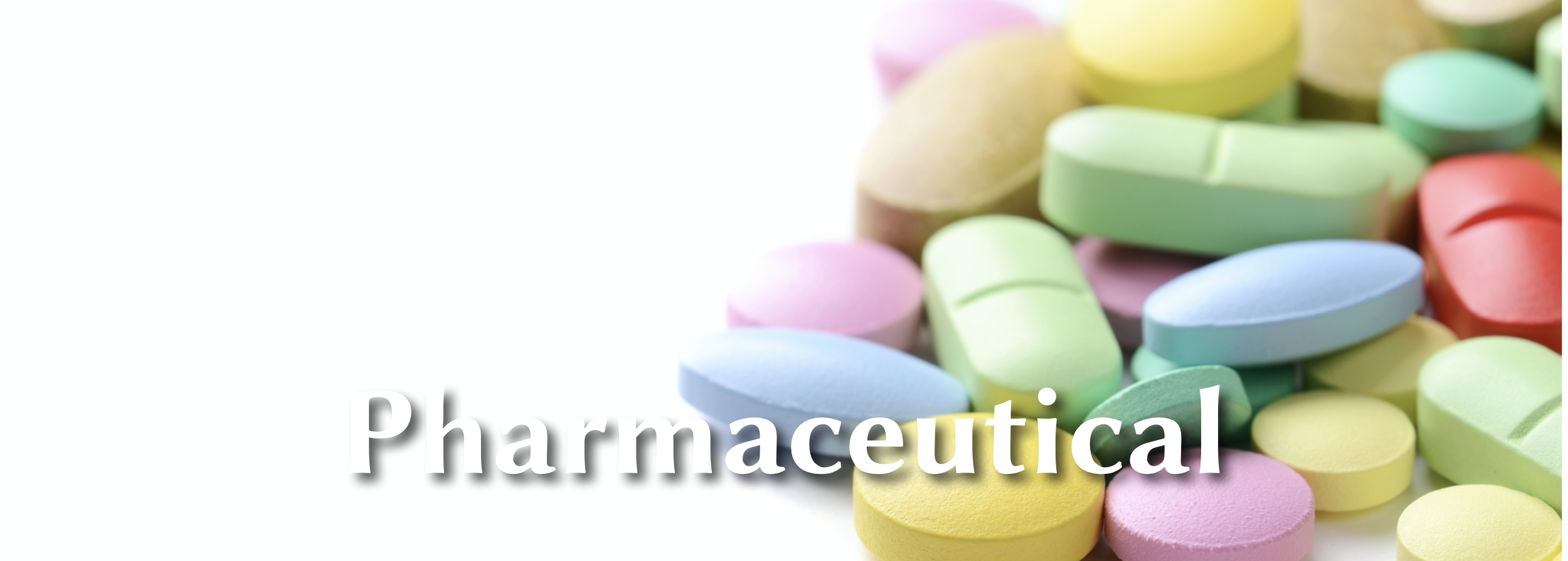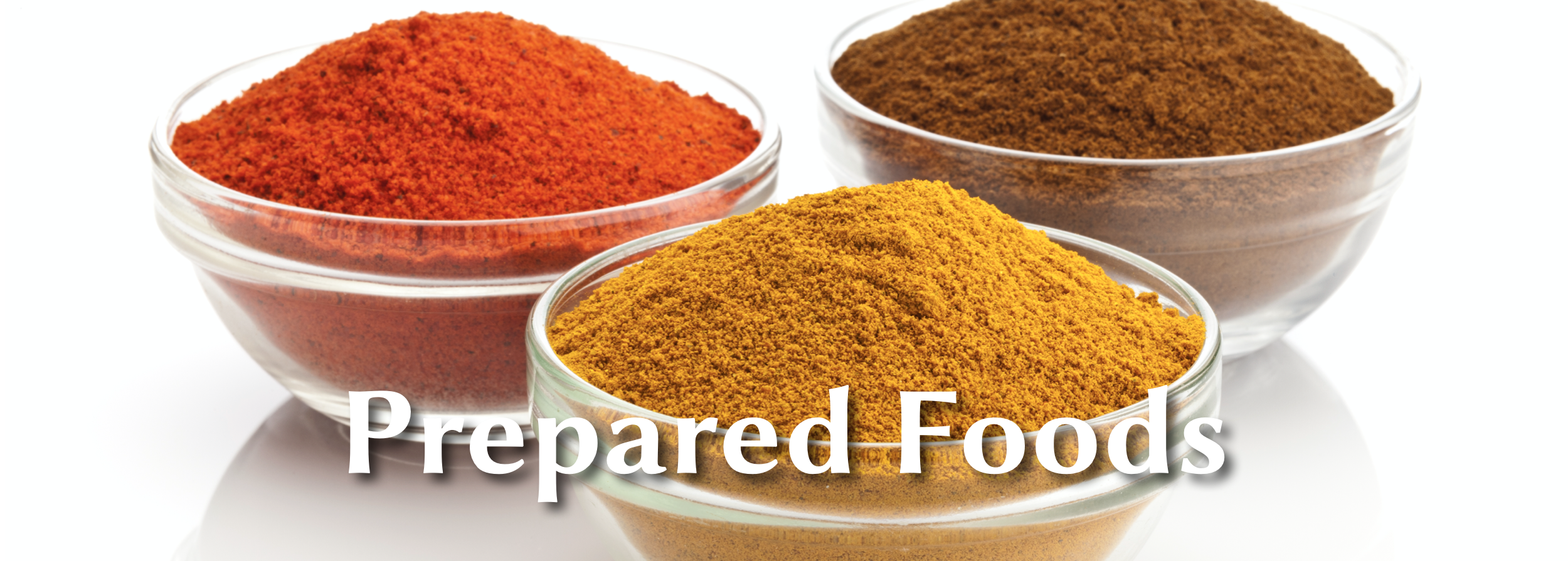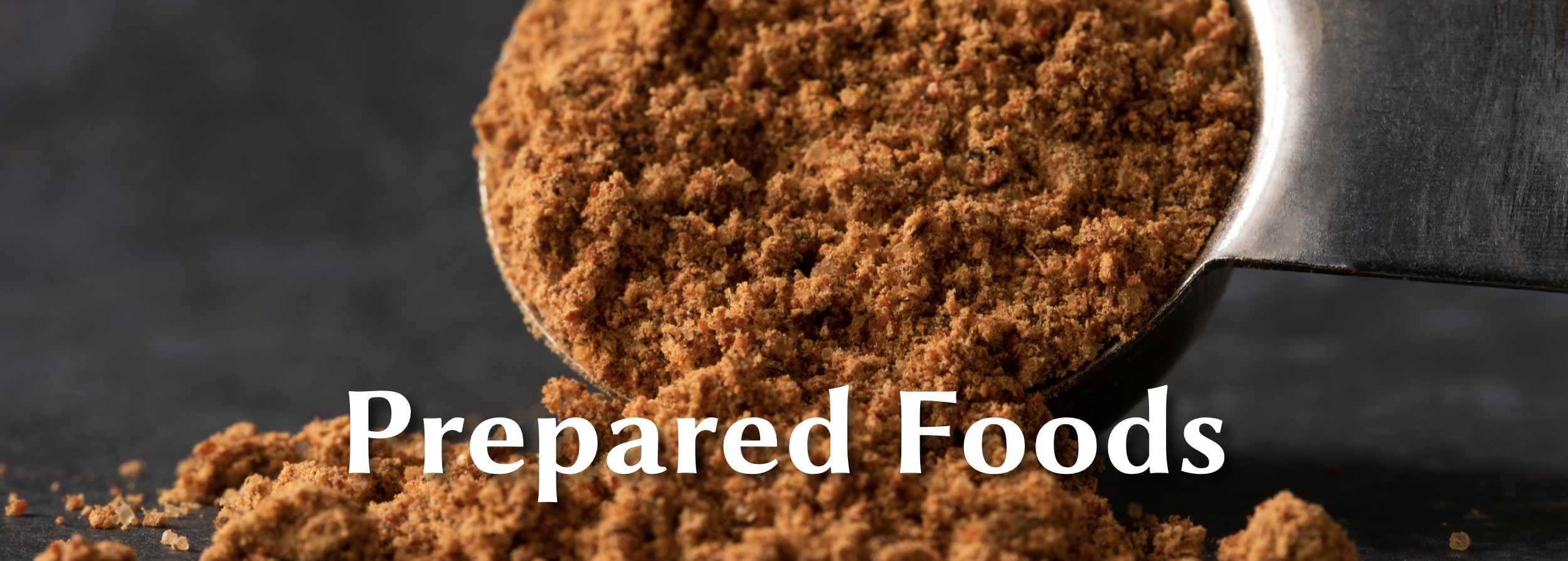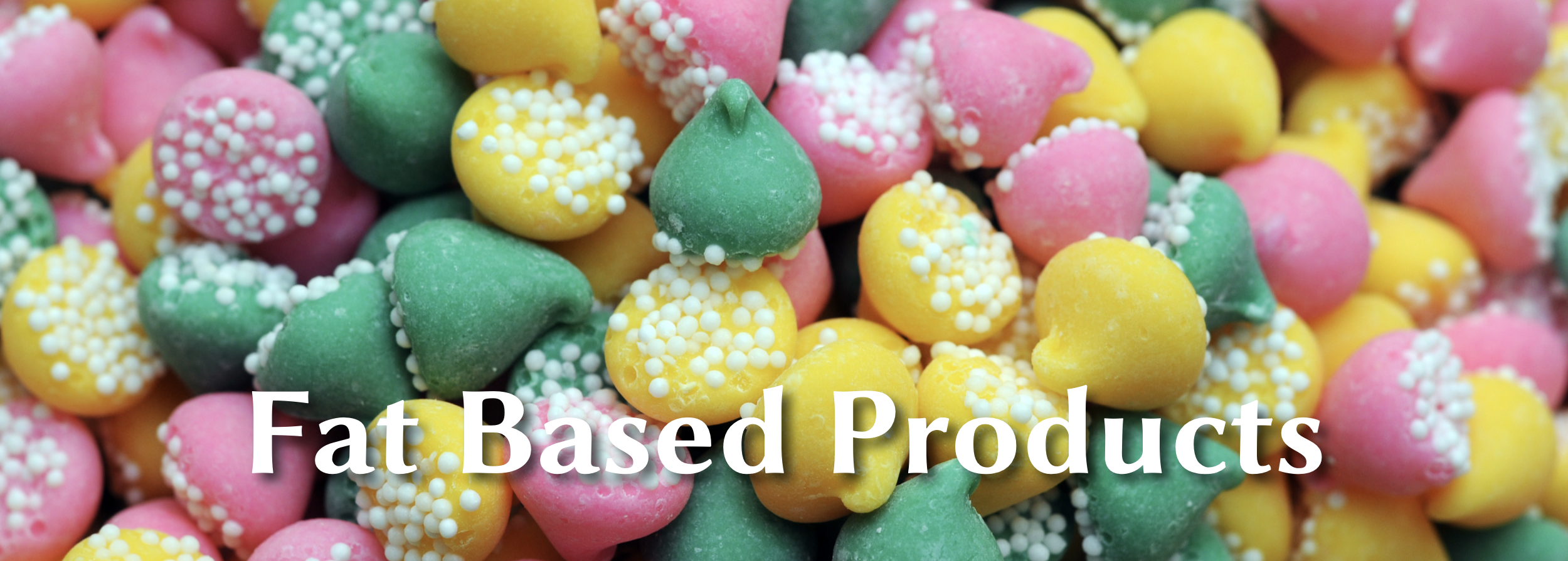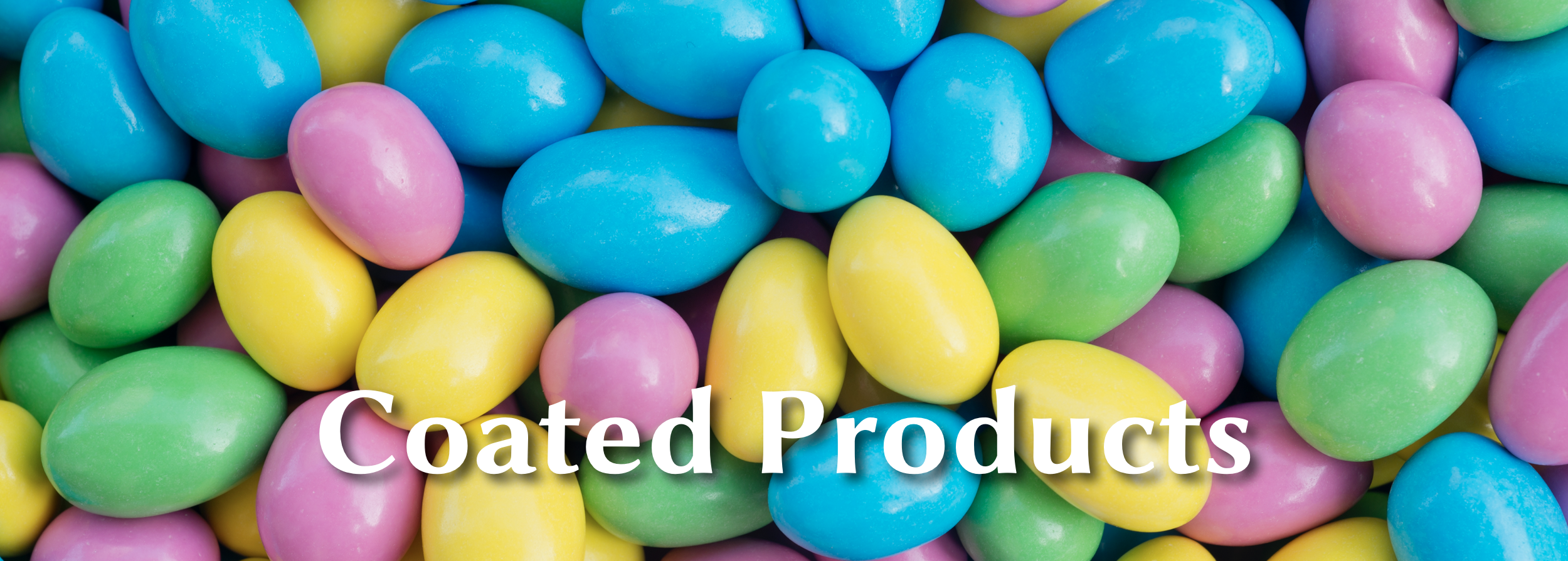Certified Colors
Synthetic colors are those colors which are produced by chemical synthesis and certified by the FDA. They have been used for decades, and have been monitored and regulated by the FDA for their safety and appropriate use for foods, drugs and cosmetic applications. They are typically very stable, potent and very vibrant.
The FD&C Colors are allowed for use in Foods, as well as Drug and Cosmetic Applications. The D&C Colors are allowed for use in Drug and Cosmetic Applications.
The Certified Colors consist of the water soluble Dyes and water insoluble Lakes. There are some D&C colors which have solubility in oil.
Dyes
Dyes may be used in any application where there is enough water, or other suitable solvent, to allow for the color to dissolve and impart the desired shade.
The Dyes are available in many market forms, from the most simple powders to the less dusty granulated forms. The dyes can be blended to provide a wide range of countless shades.
Monoblends are available typically for use in dry mixes, such as puddings, gelatin products or powdered beverages, in which you have two or more primary colors. A Monoblend is manufactured by taking dyes and mixing them into a water slurry. This slurry is standardized and then dried again, so that when this finished powder is reconstituted, you only see the final, desired shade during dissolution into the application, and not the individual colors which make up the blend. This allows for the elimination of what the industry refers to as “flashing”.
The dyes can be pre-dissolved at specific concentrations into water and additional carriers, such as propylene glycol, along with thickening agents to form our Gel Color Systems. These lower water activity products are ideal for bakery applications and other specialized applications where minimal water is needed.
The dyes can also be predissolved at specific concentrations in to water, or other solvents, such as propylene glycol or glycerine, to make Liquid Colors. These liquid systems are true value added products, which allow for more convenient use in production and application, where suitable.
Dyes — Product Range
Lakes
The Lakes are made from the dyes and are manufactured by chemically extending the dye onto an insoluble alumina hydrate substrate. This produces a Lake pigment which is insoluble and imparts its color by dispersion. Some of the D&C colors allow for the use of additional salts or substrates, such as calcium.
Lakes are used in any application in which they can be suitably dispersed, including dry mixes, fat based products, fondants and icings. They are also used for coating applications, including sugar panning for confectionery applications, aqueous coatings for tablets for pharmaceutical applications, and other specialized coating systems and technologies.
Lake pigments are used where minimal color bleed or color migration is required. In addition to coatings, this may also apply to applications such as frostings, fillings and icings.
Like the dyes, Lakes can also be blended to achieve countless shades for a wide range of applications where the color can be suitably dispersed. This includes liquid as well as powder applications.
Lakes are available and defined by their pure dye content, with low dye lakes having a dye percentage of 8-15%, mid dye lakes a pure dye percentage of 16-29% and the high dye lakes having a pure dye range of 30-42%. Low dye lakes tend to provide more brighter shades in application, whereas the high dye lakes are used more so for higher coloring intensity effects and deeper shades.
Dispersions are made using the Lakes. They are made by suitably dispersing the Lake(s) using specialized high shear mixing, into a carrier, with additional stabilizers as needed. The result is a value-added liquid Lake concentrate system, which can be more easily used in production and manufacturing, for applications such as coloring oils, or for confectionary panning or coatings. Titanium Dioxide may also be incorporated into the formulation.
Typical Carriers for Dispersions:
Sugar Syrup
Glycerine
Propylene Glycol
Oil
Water (with stabilizing ingredients)
